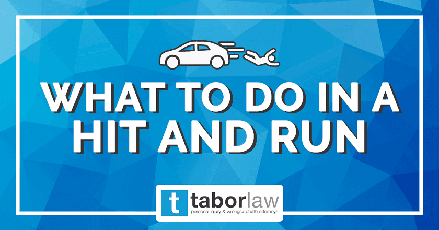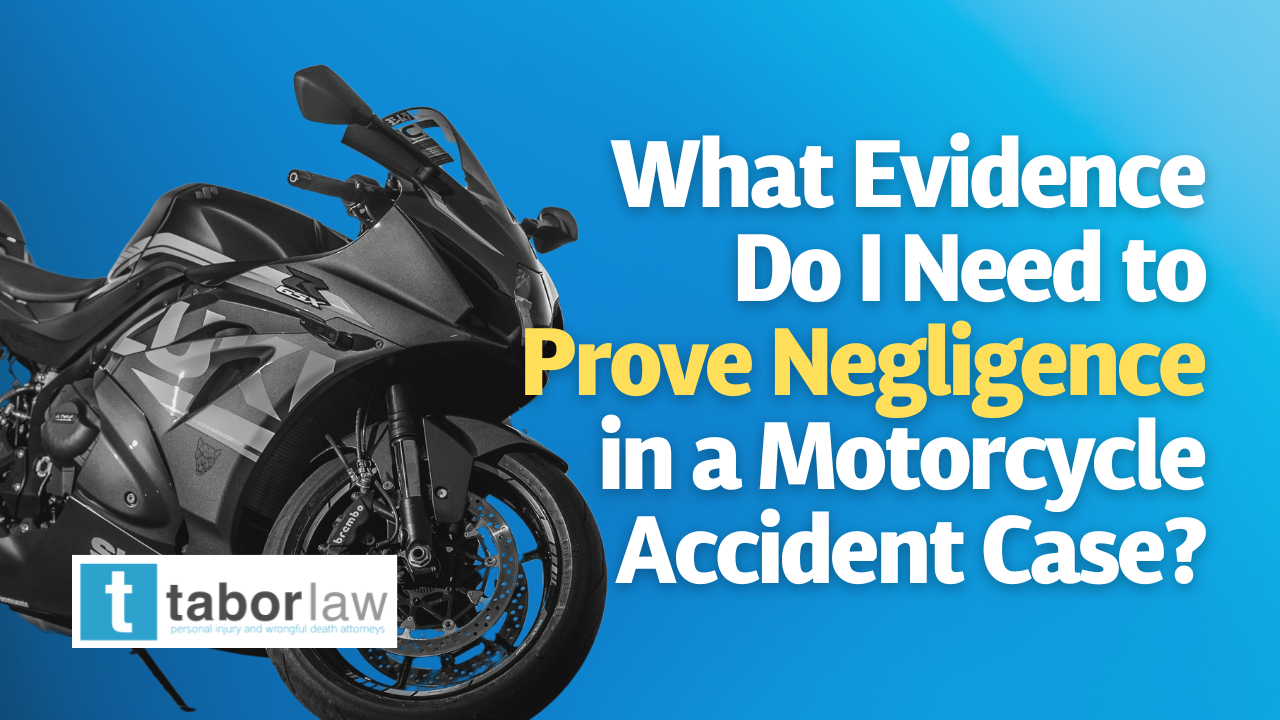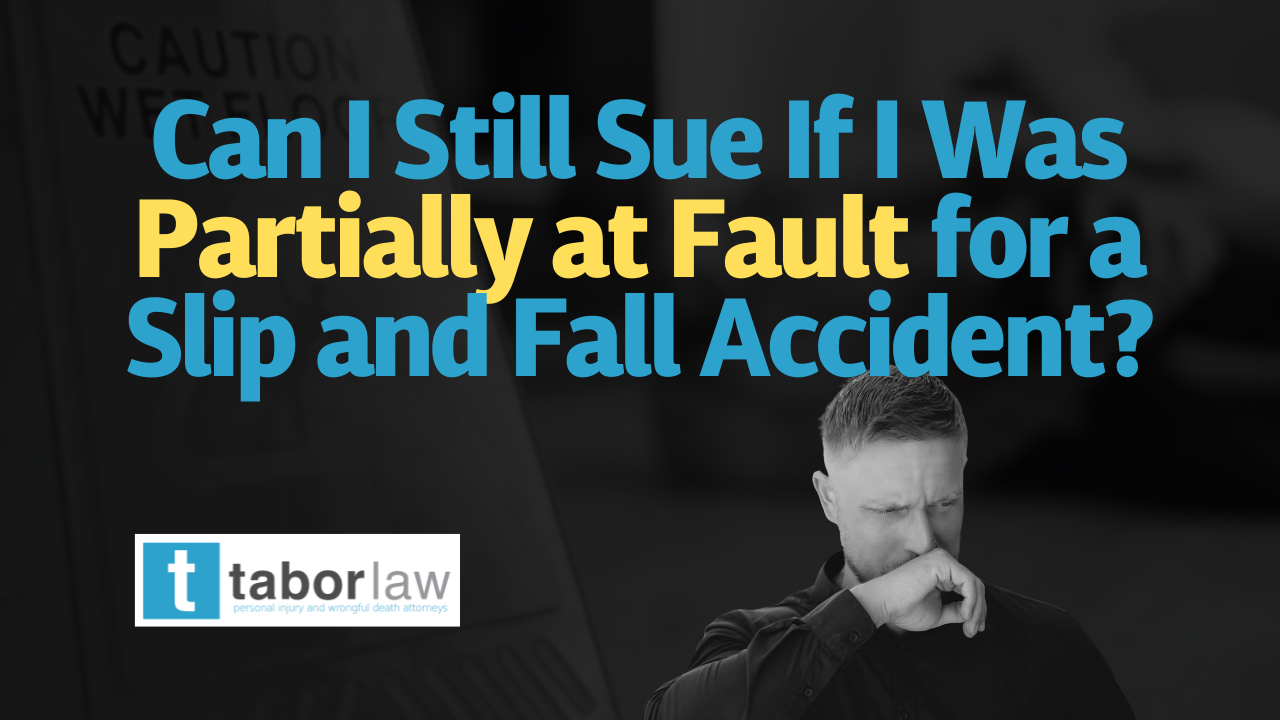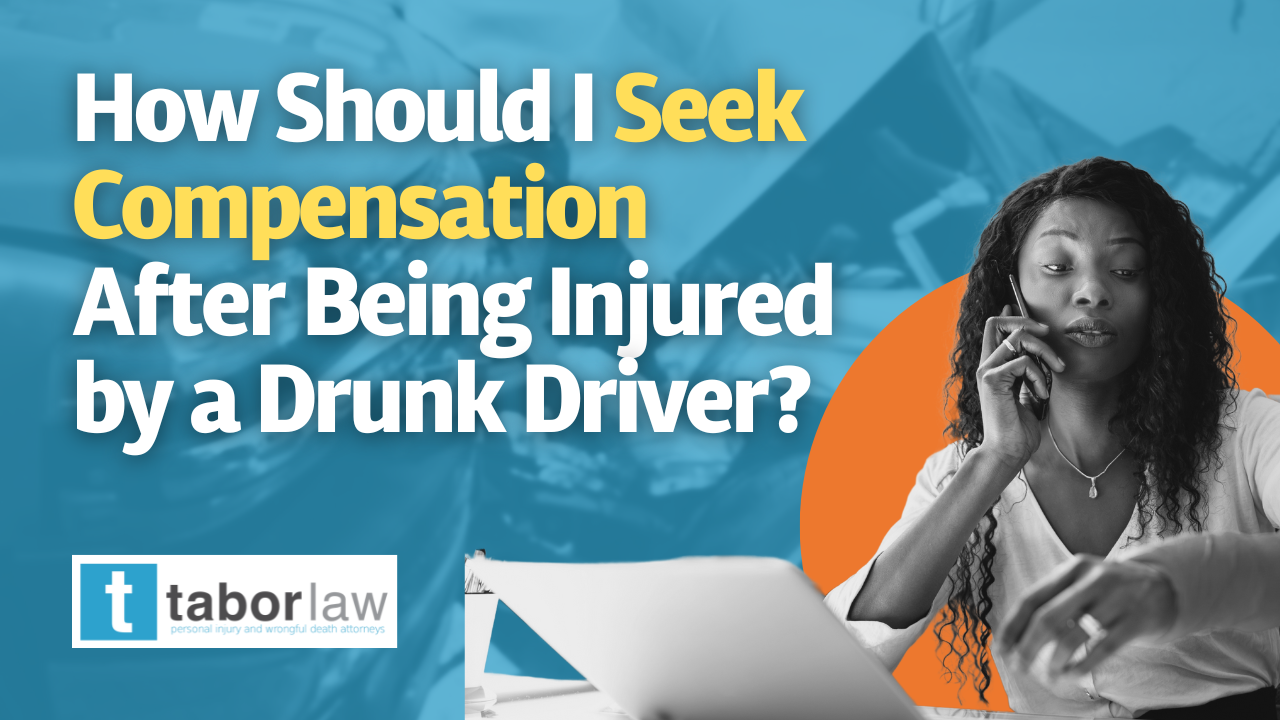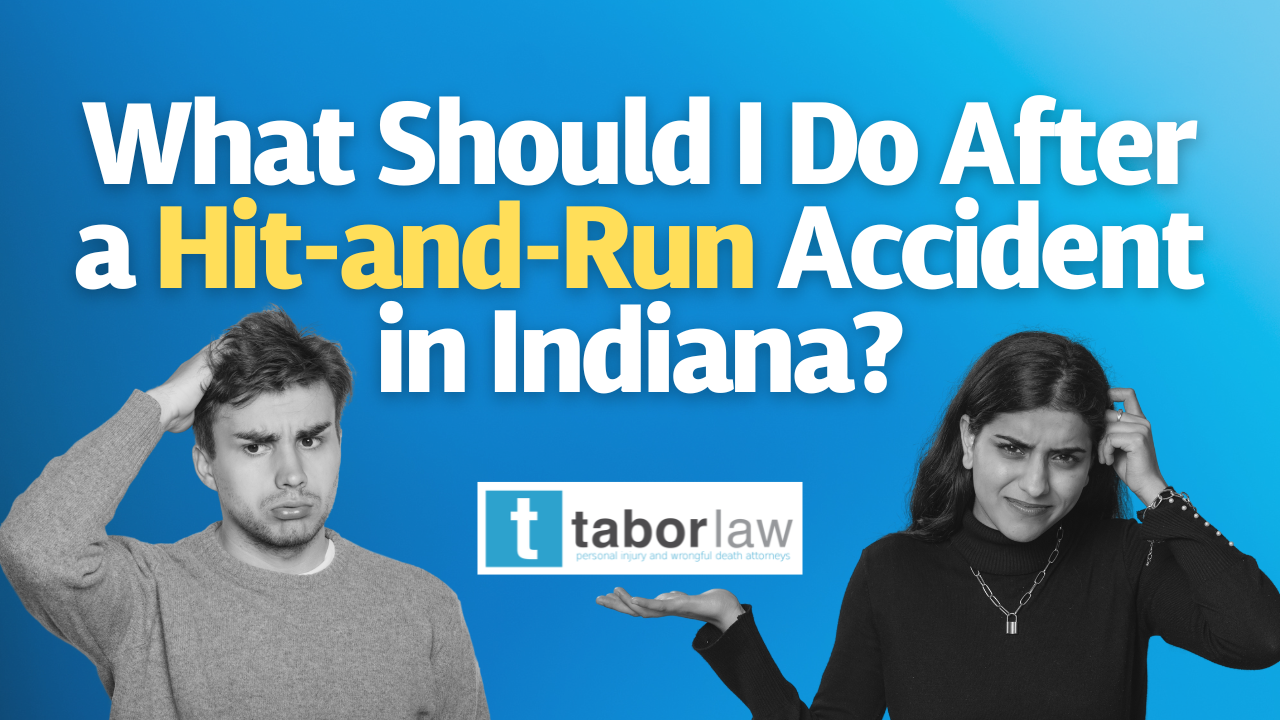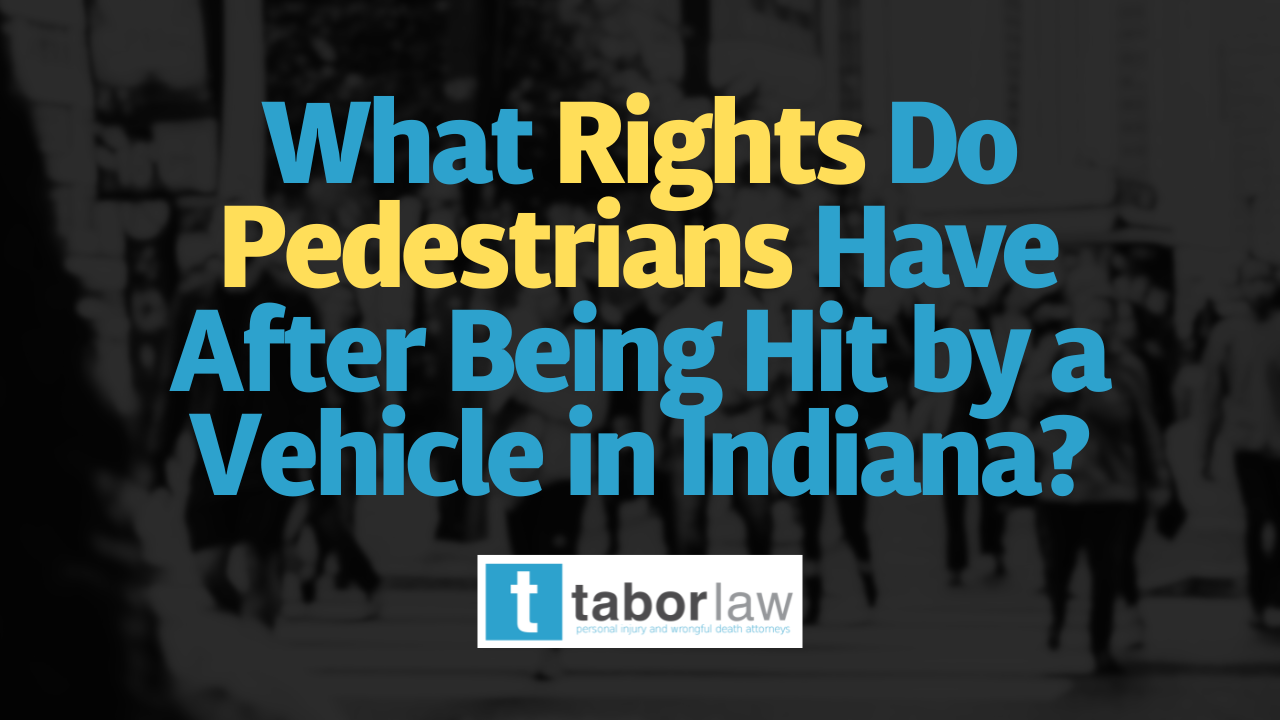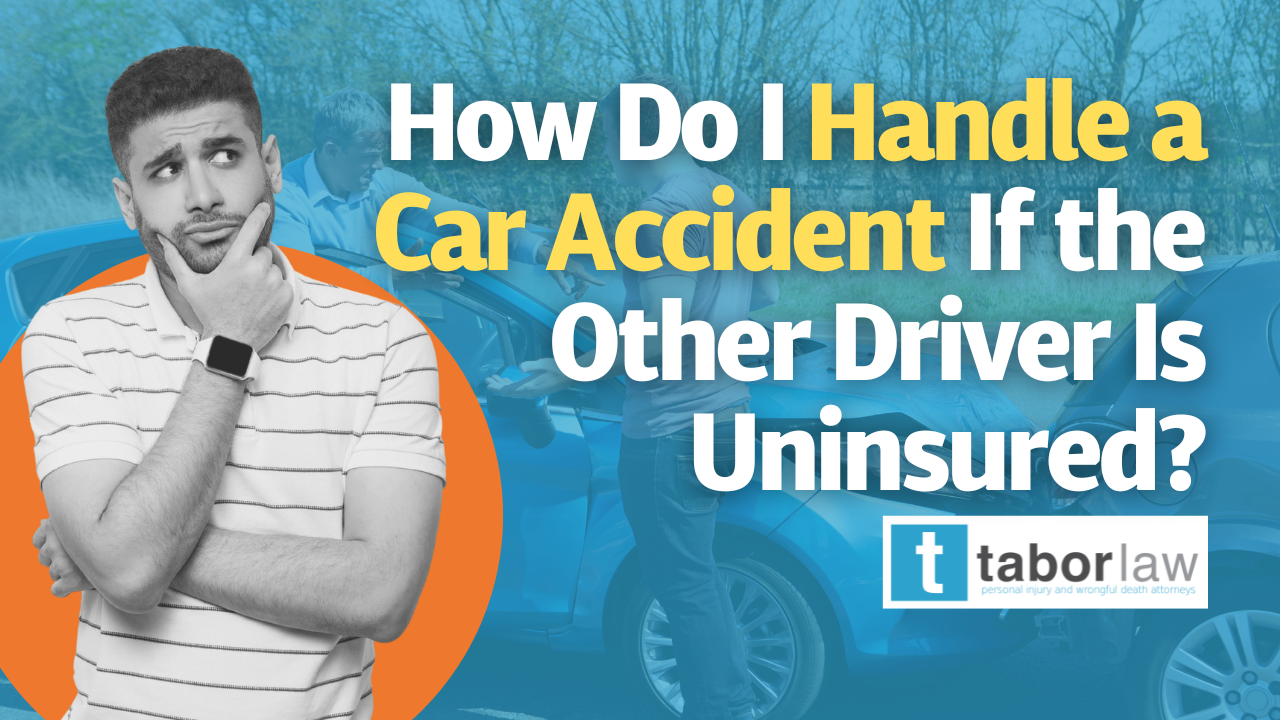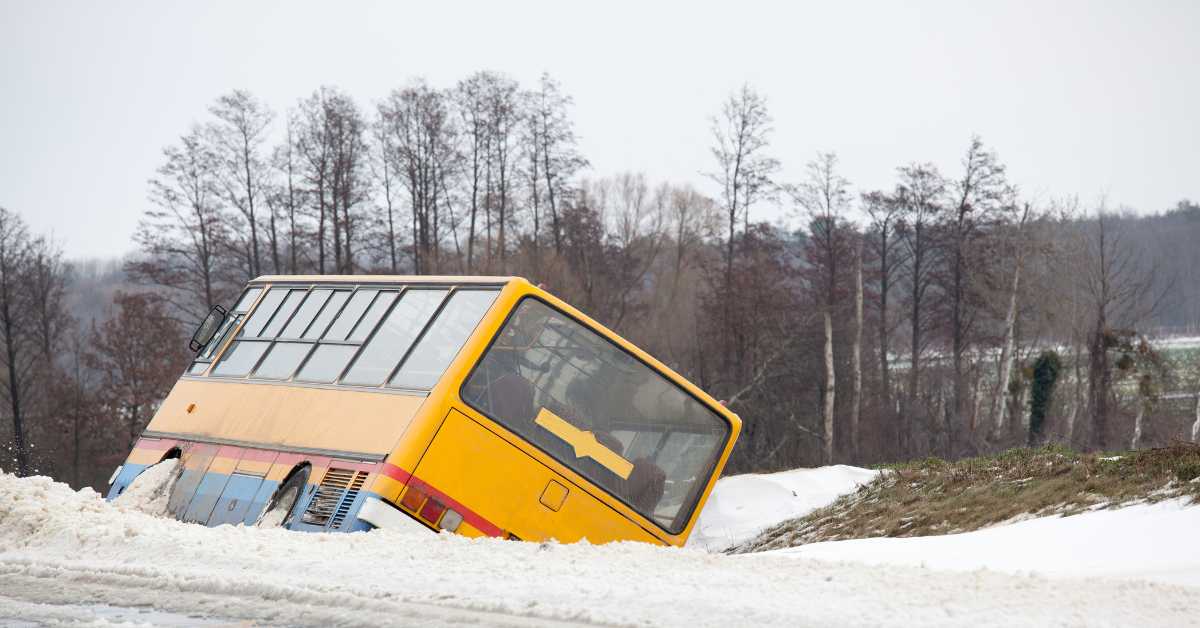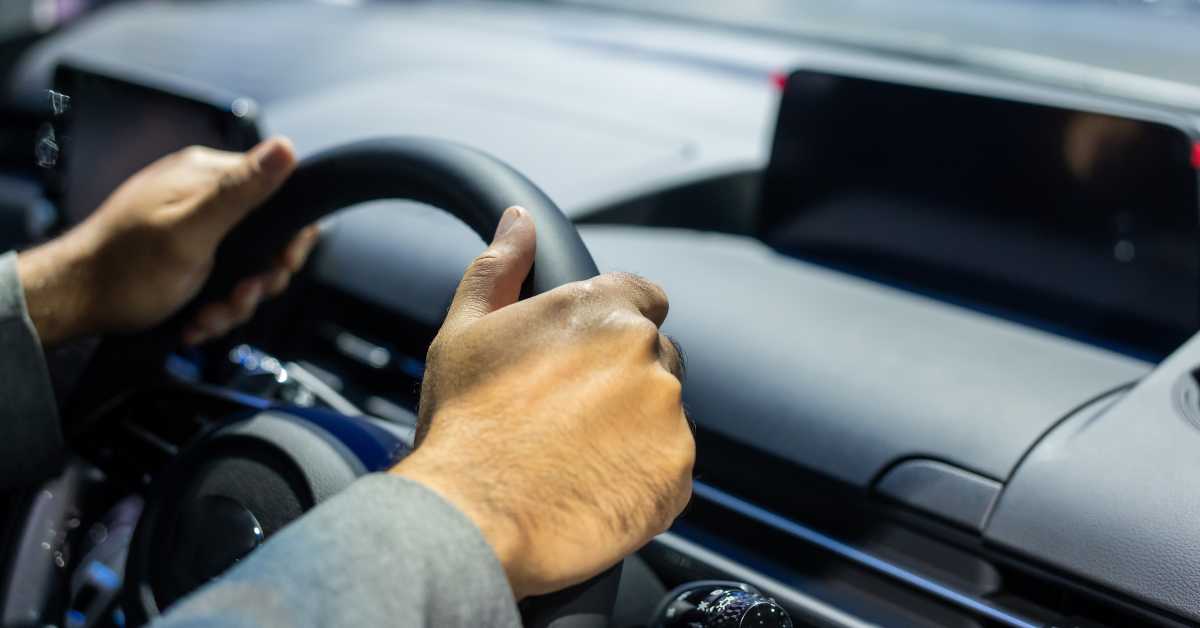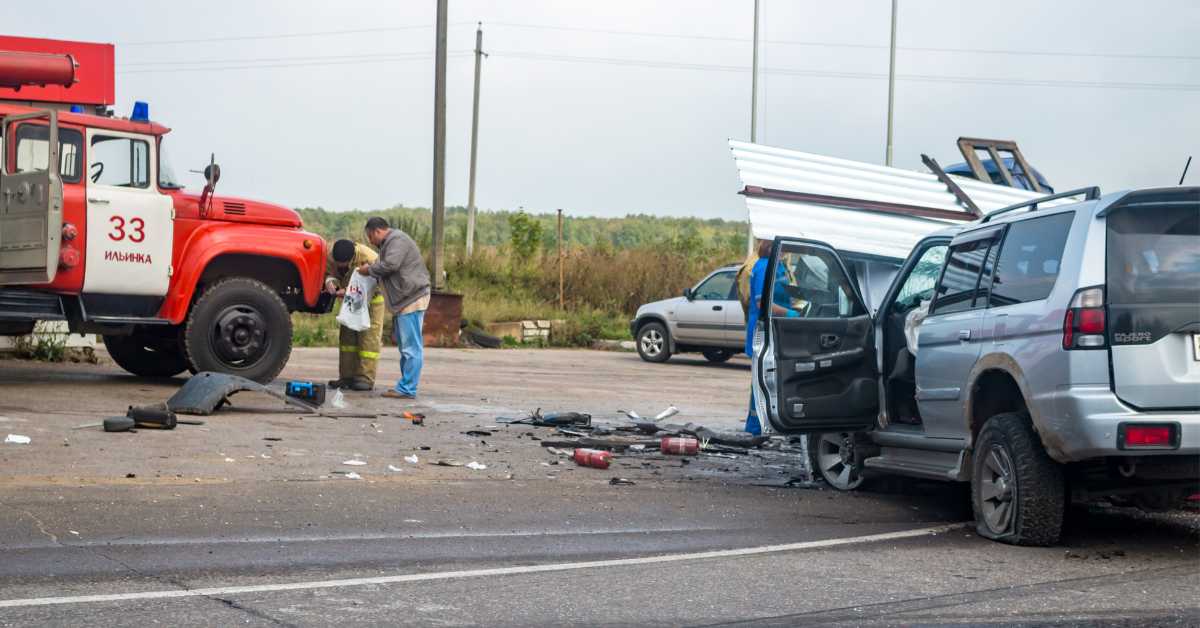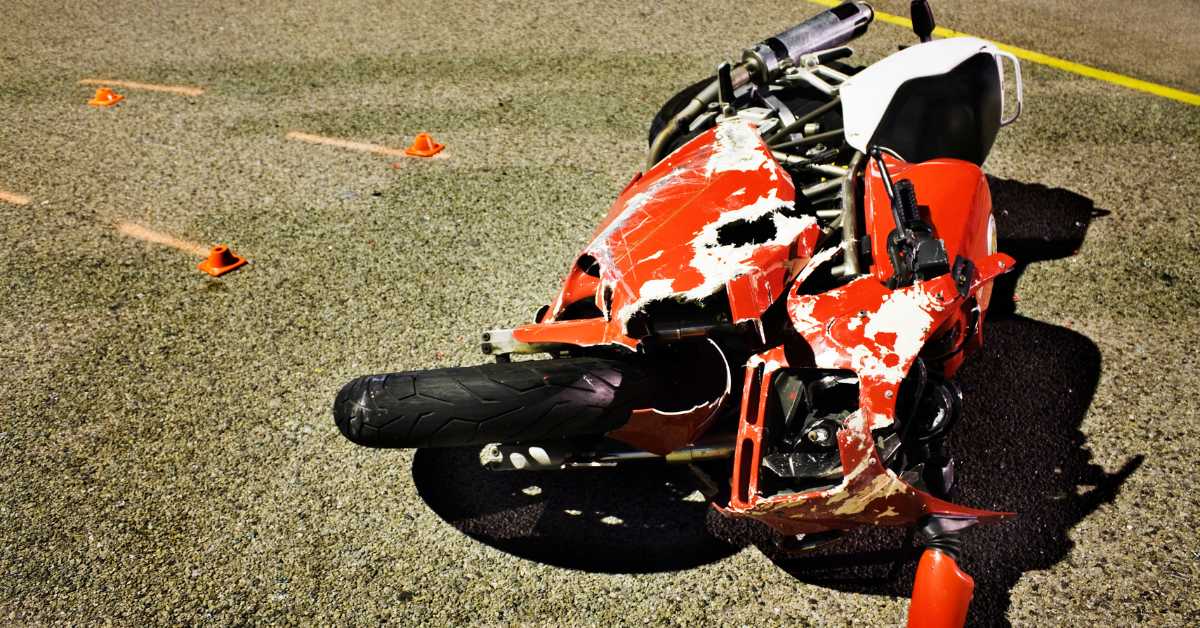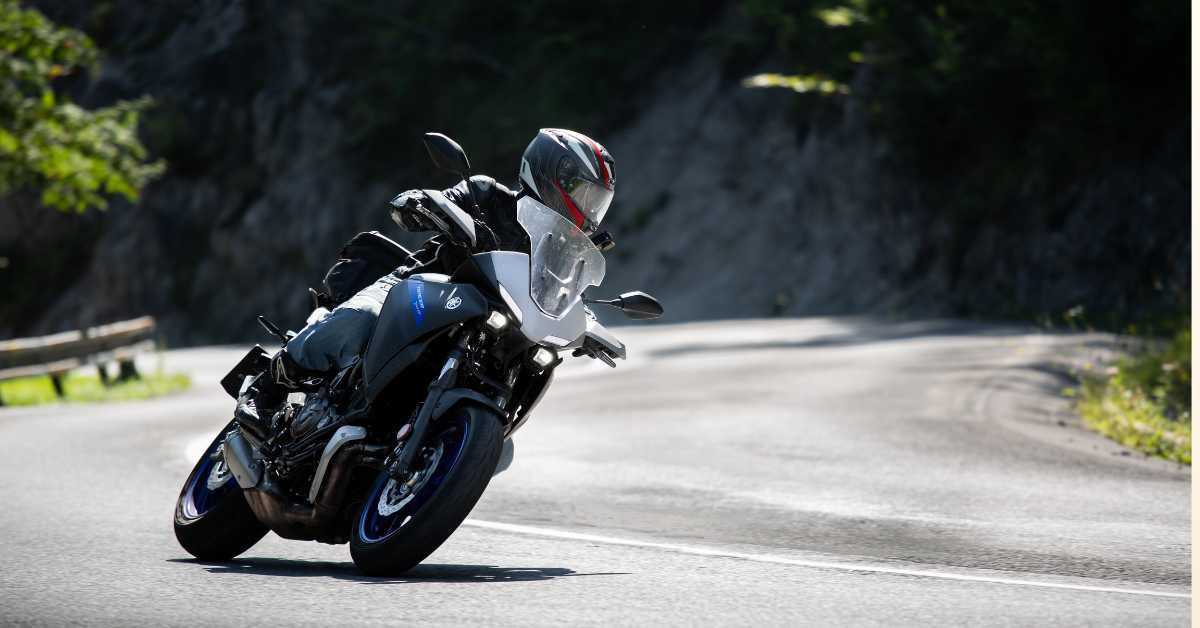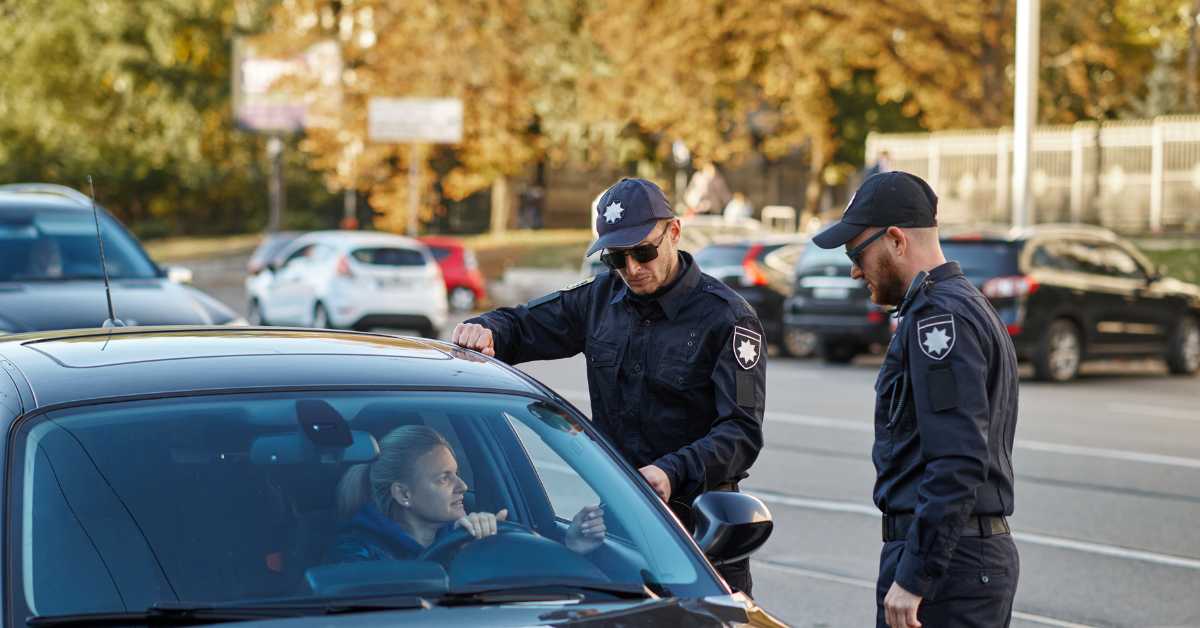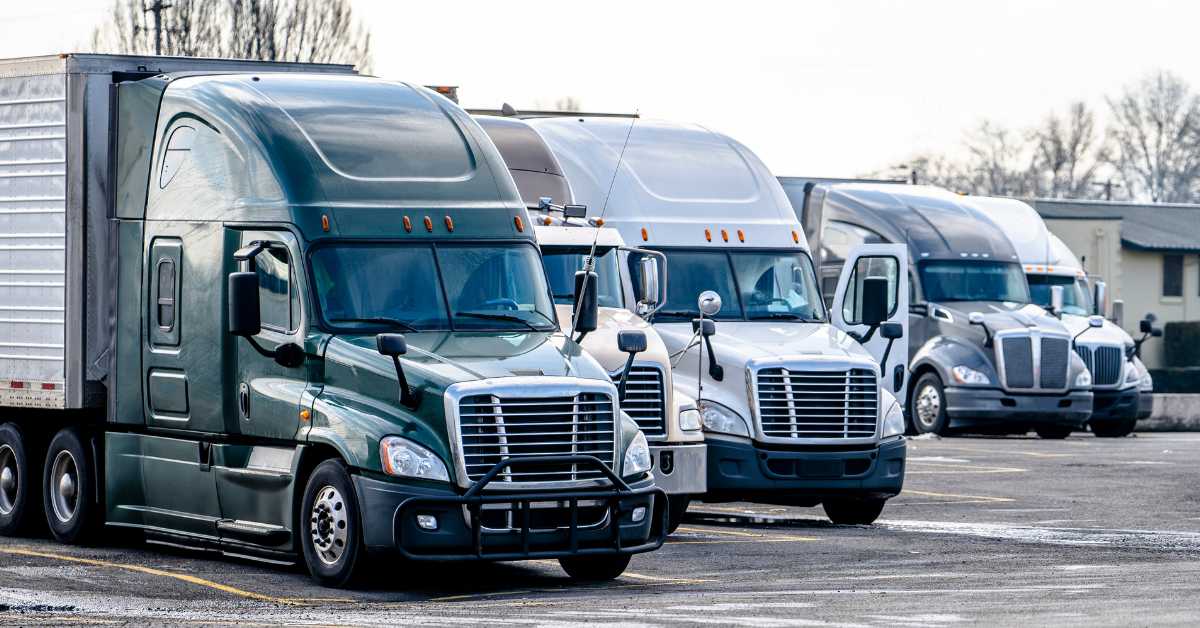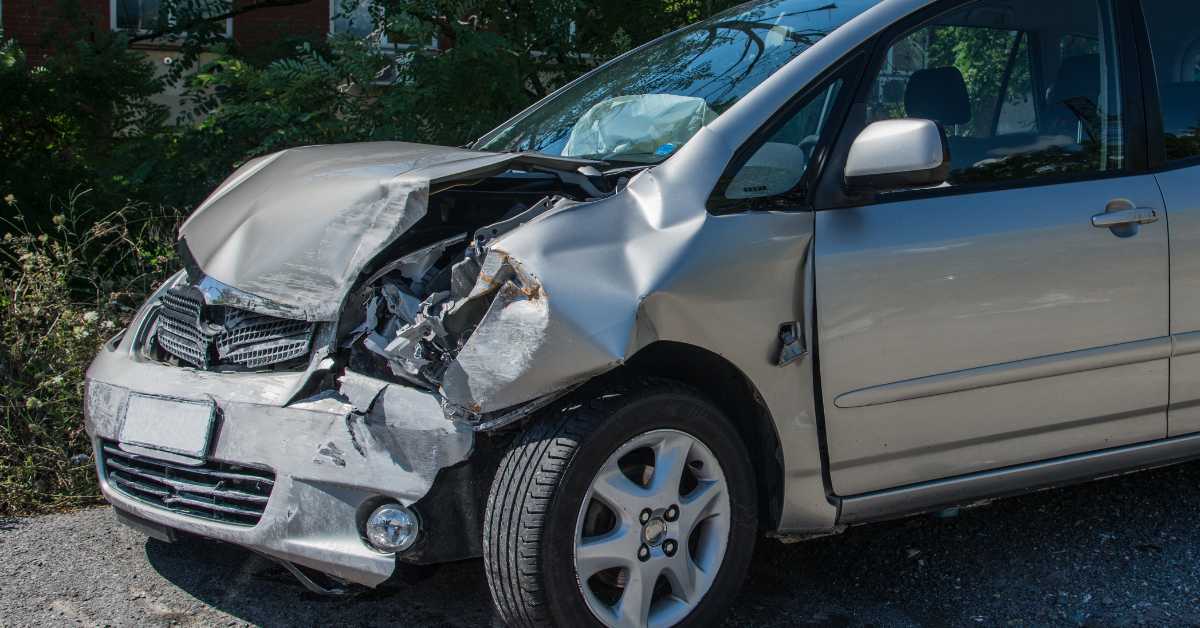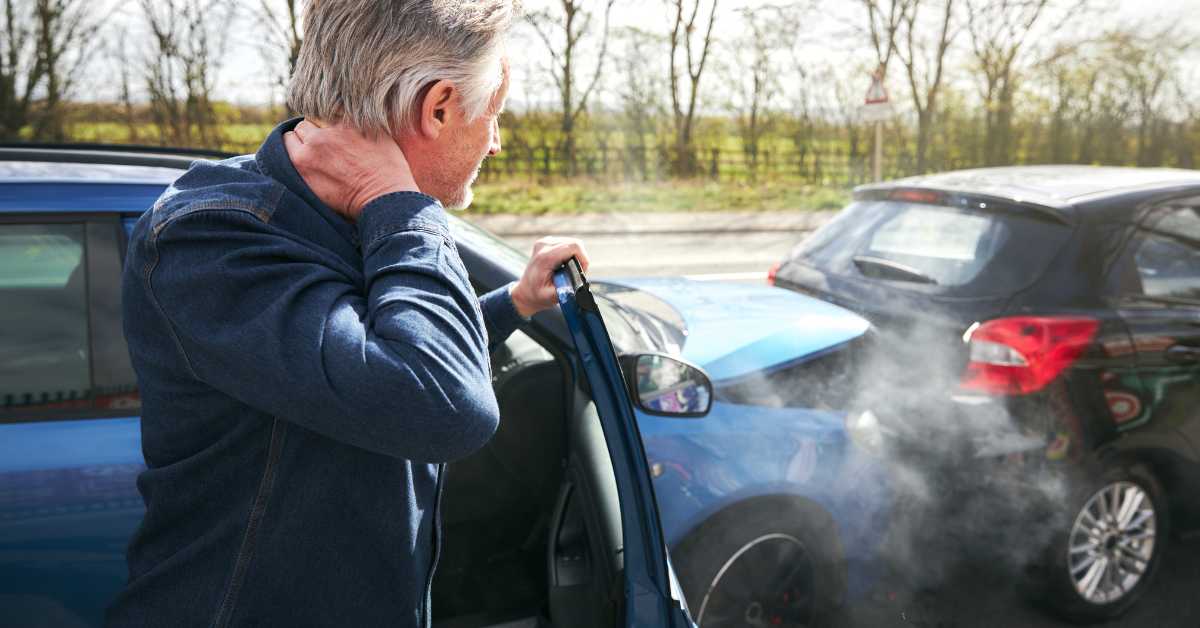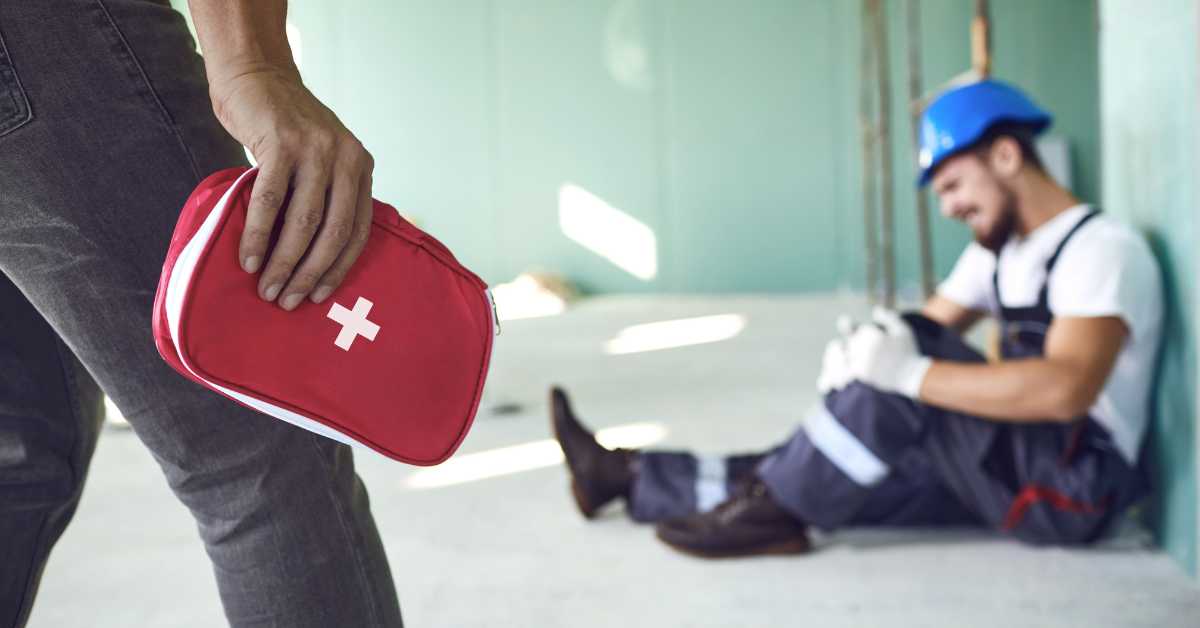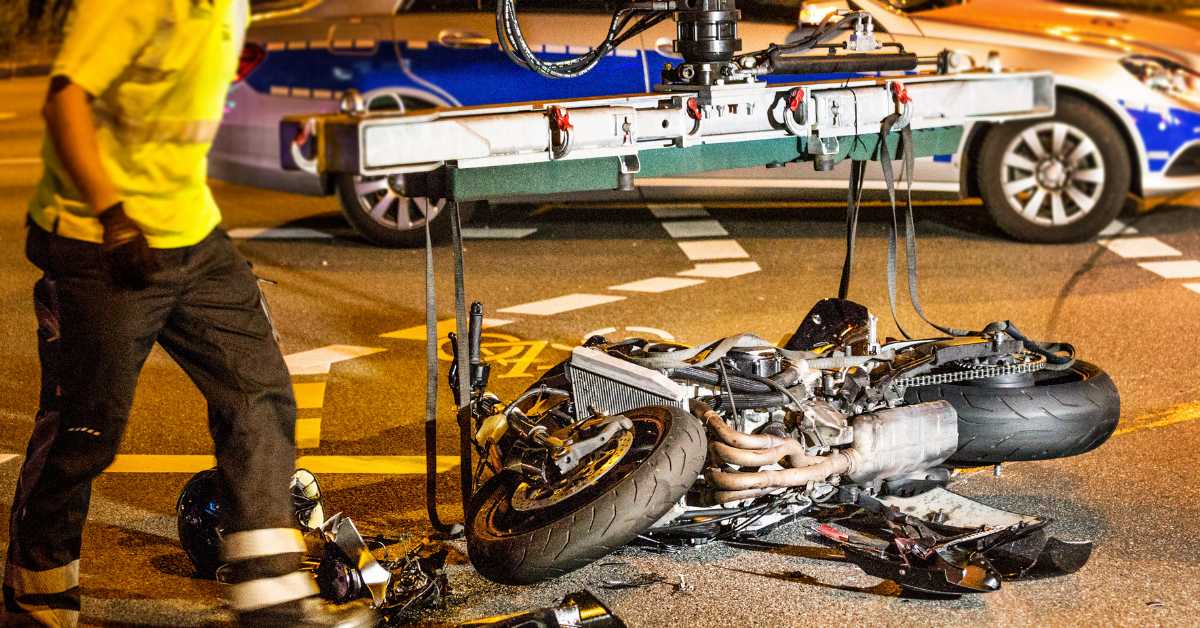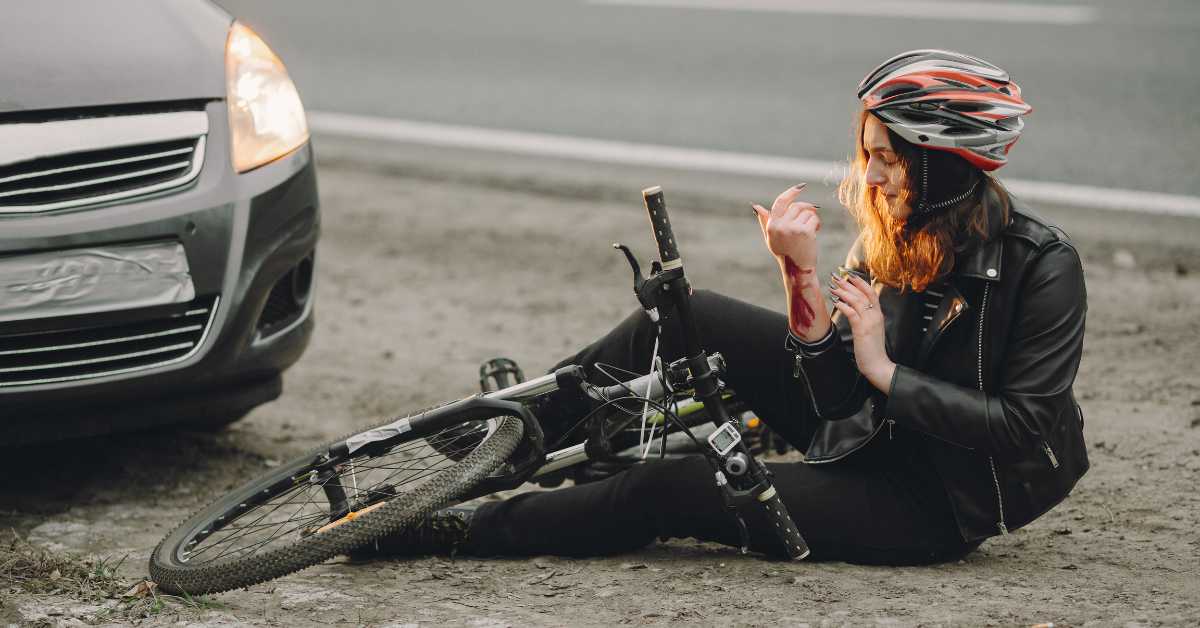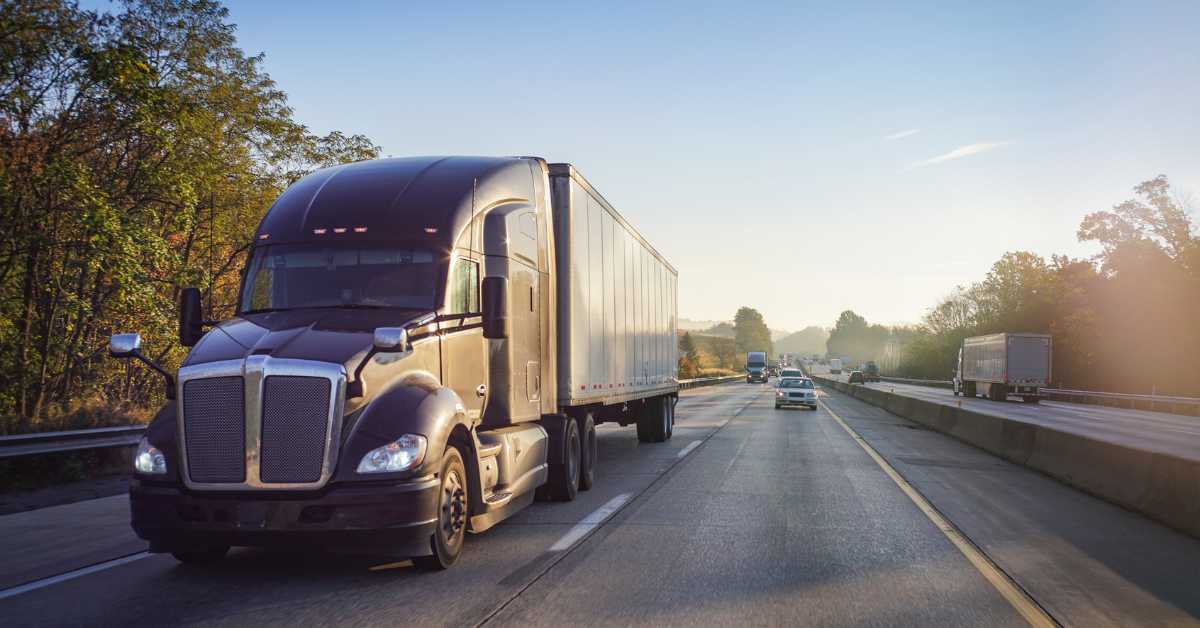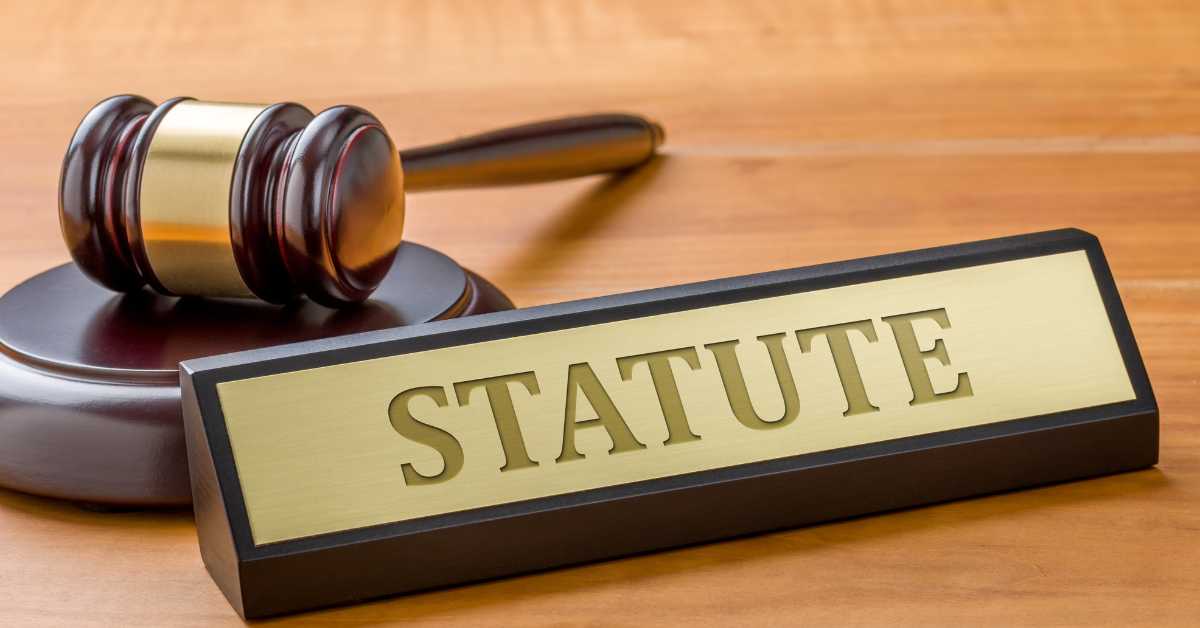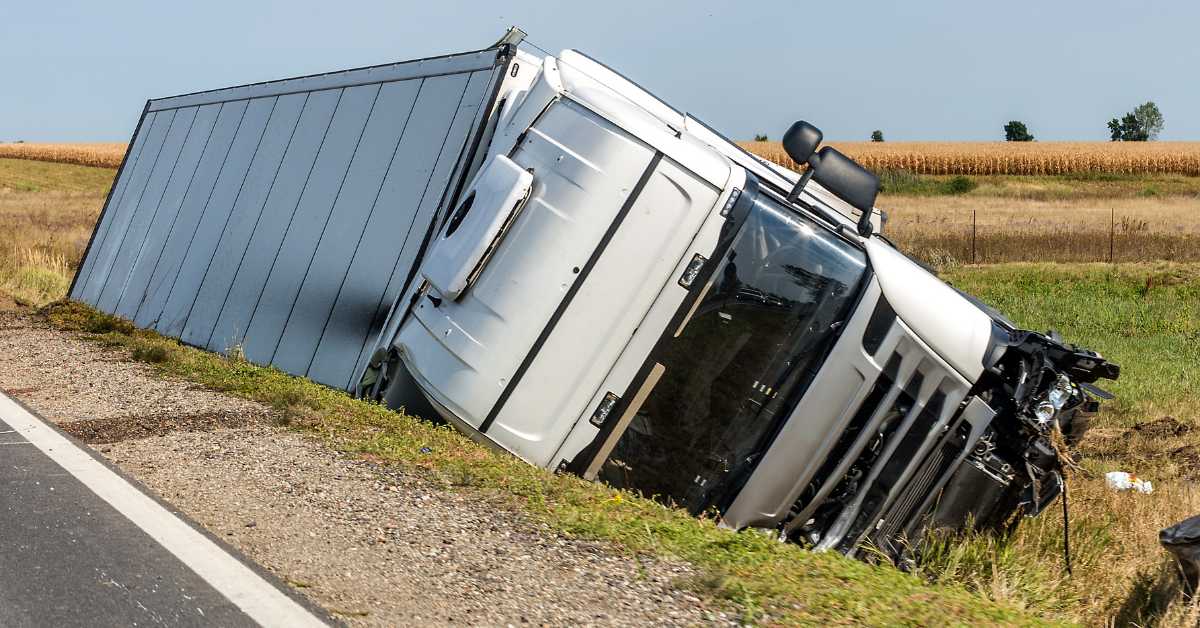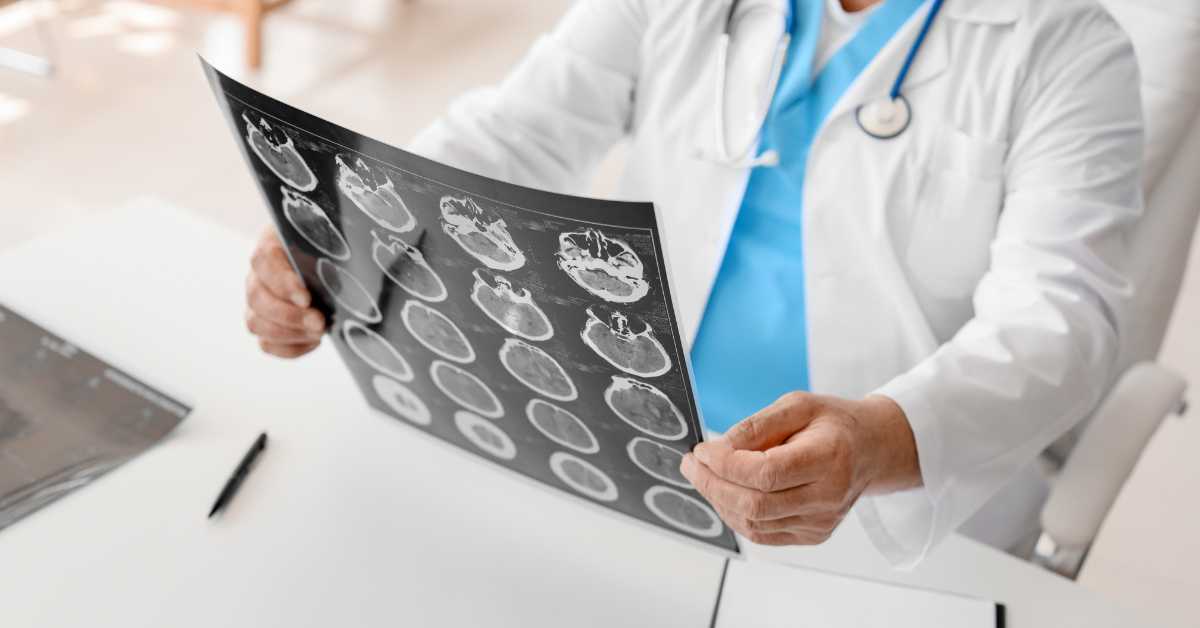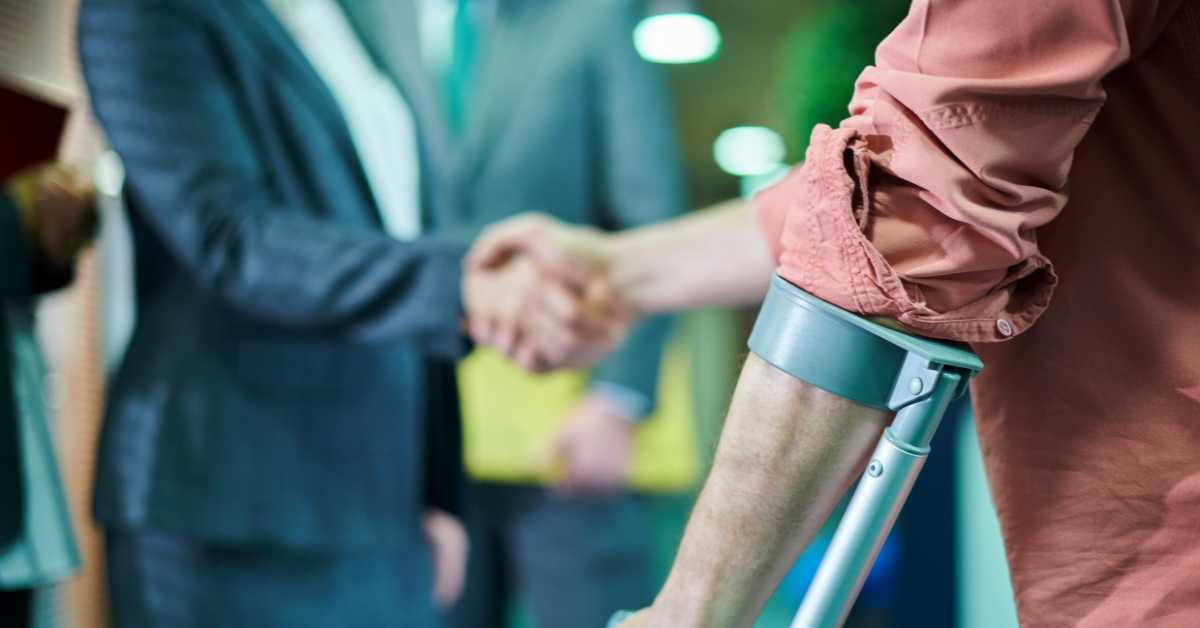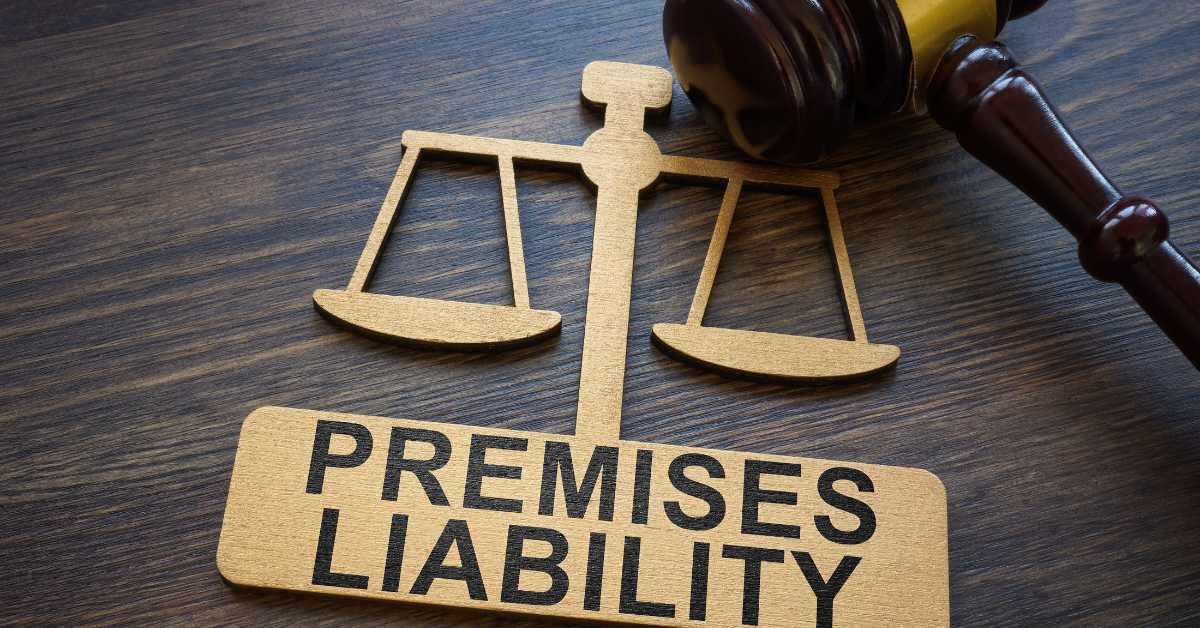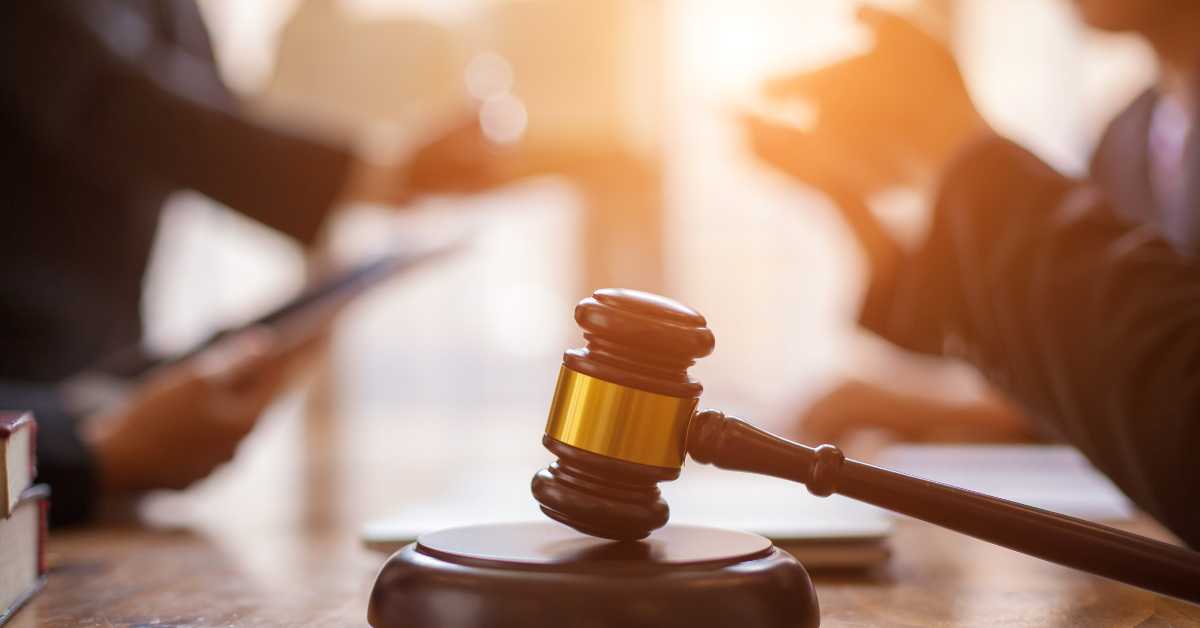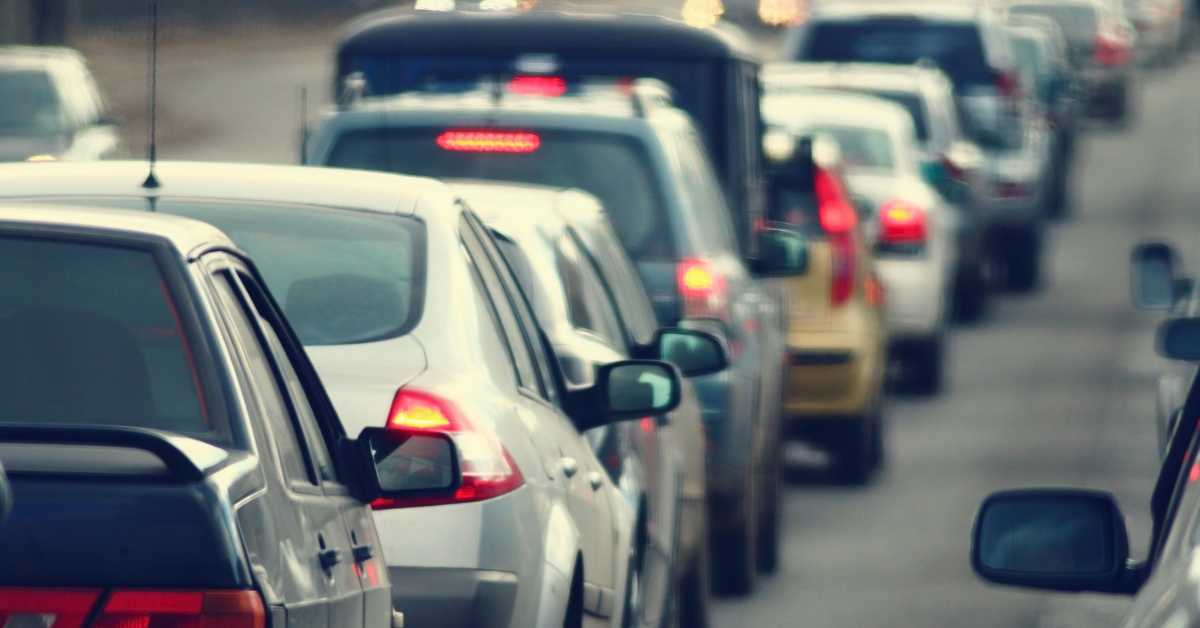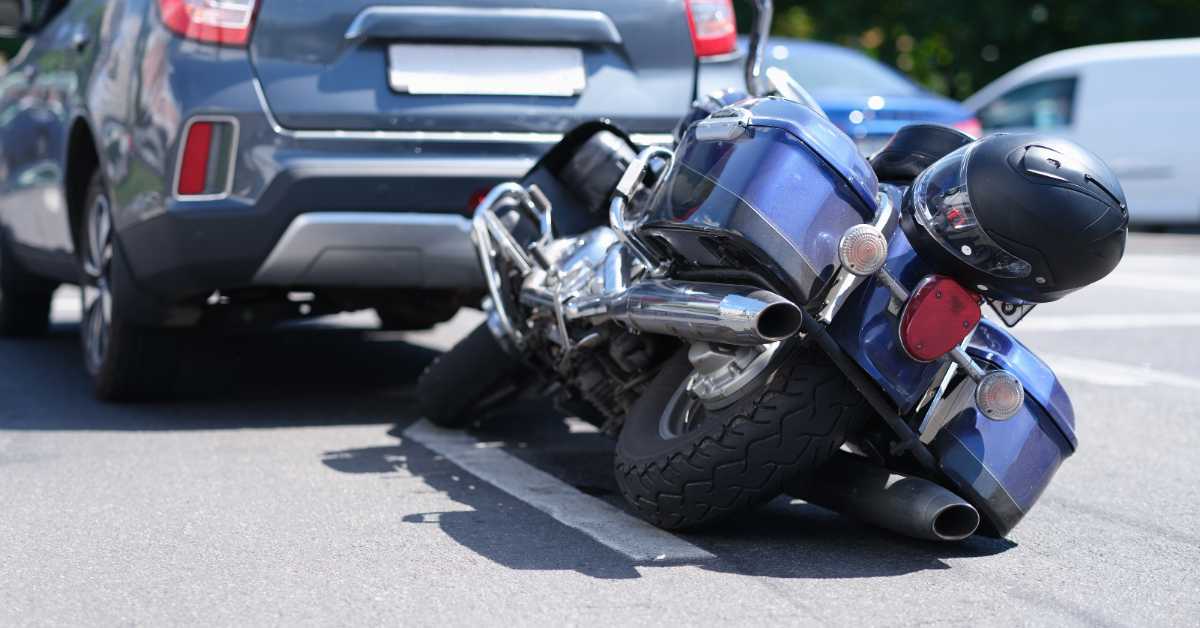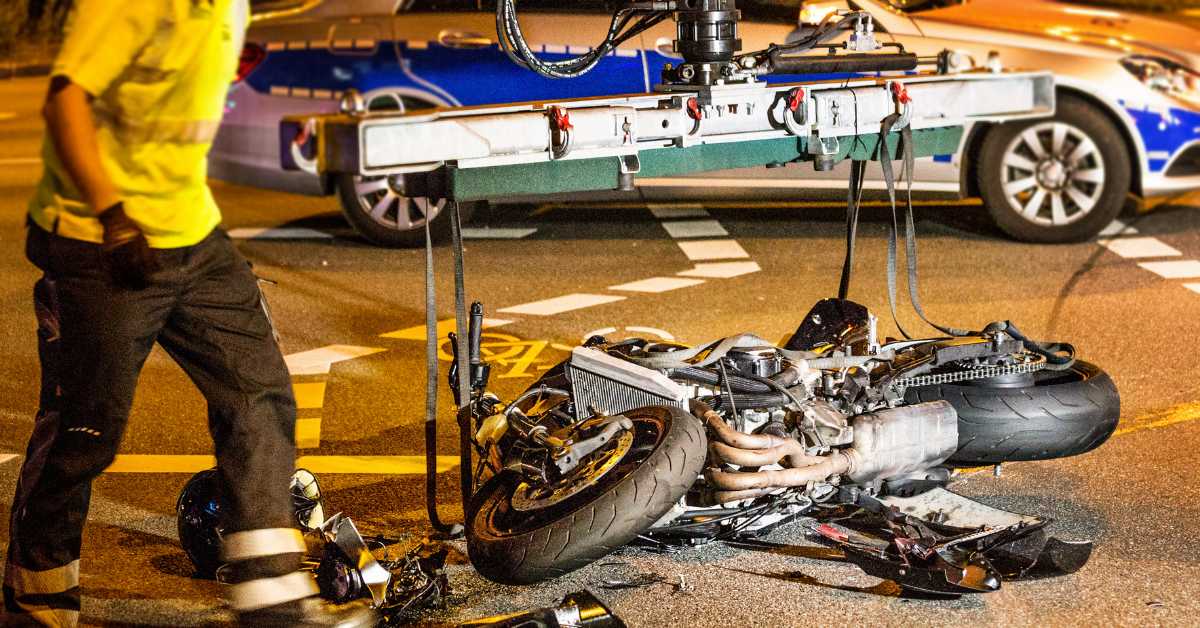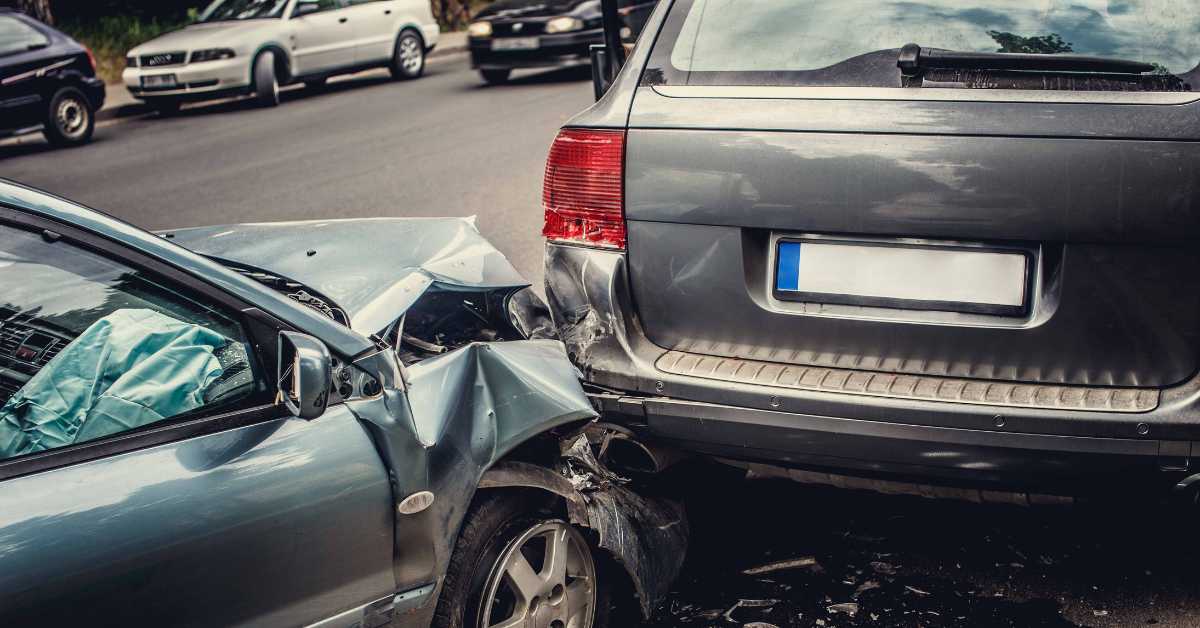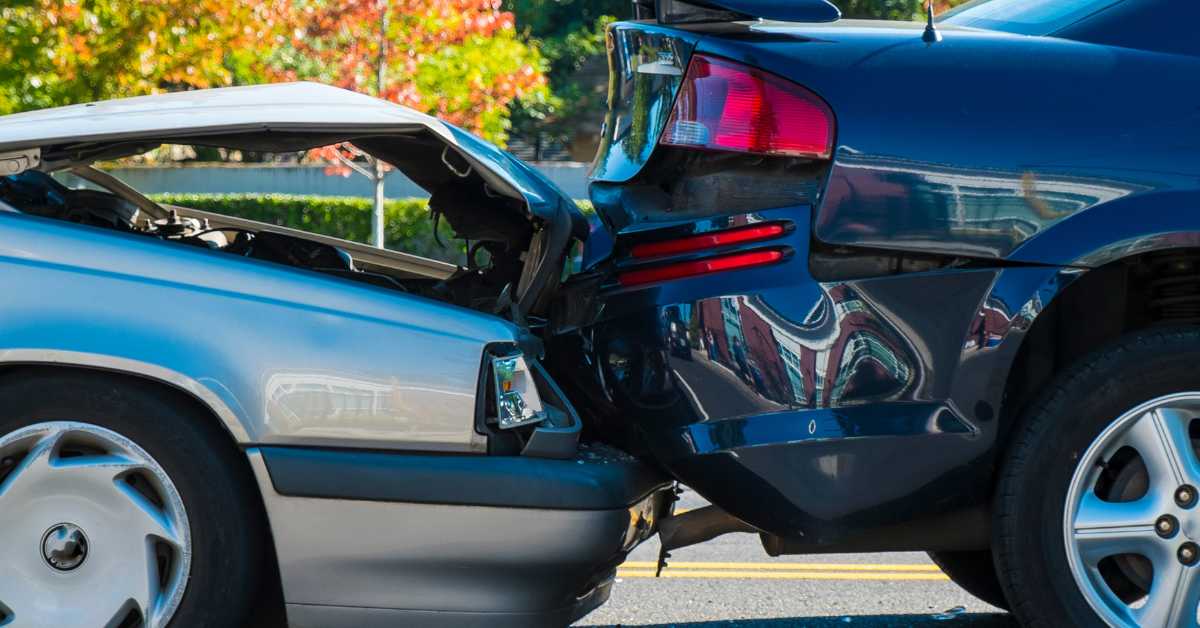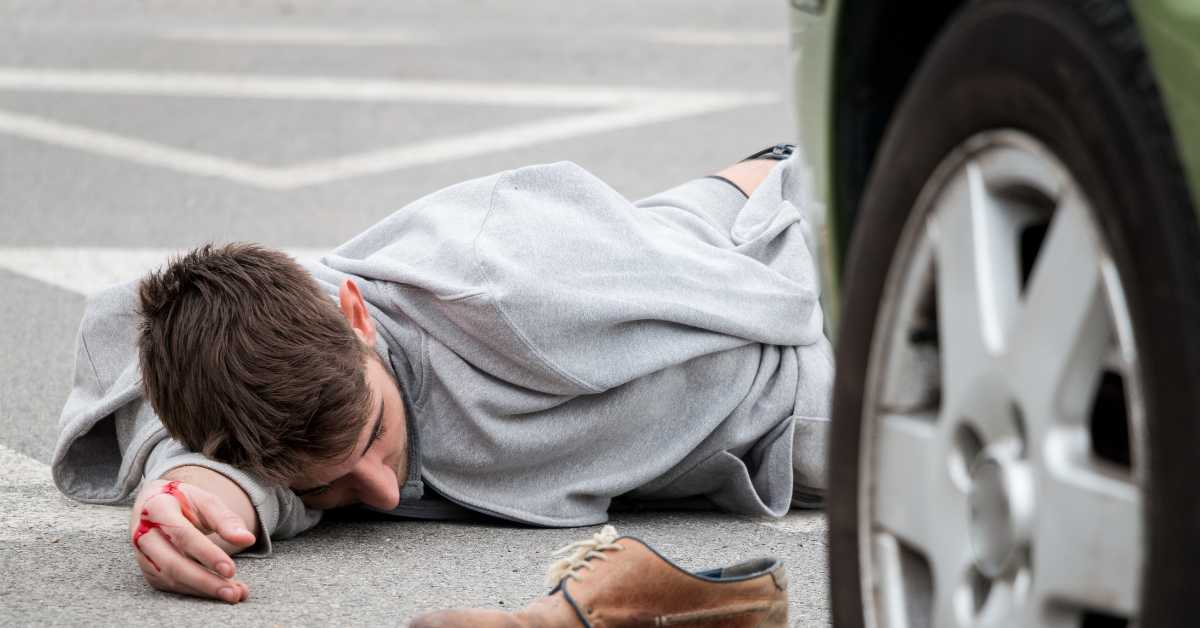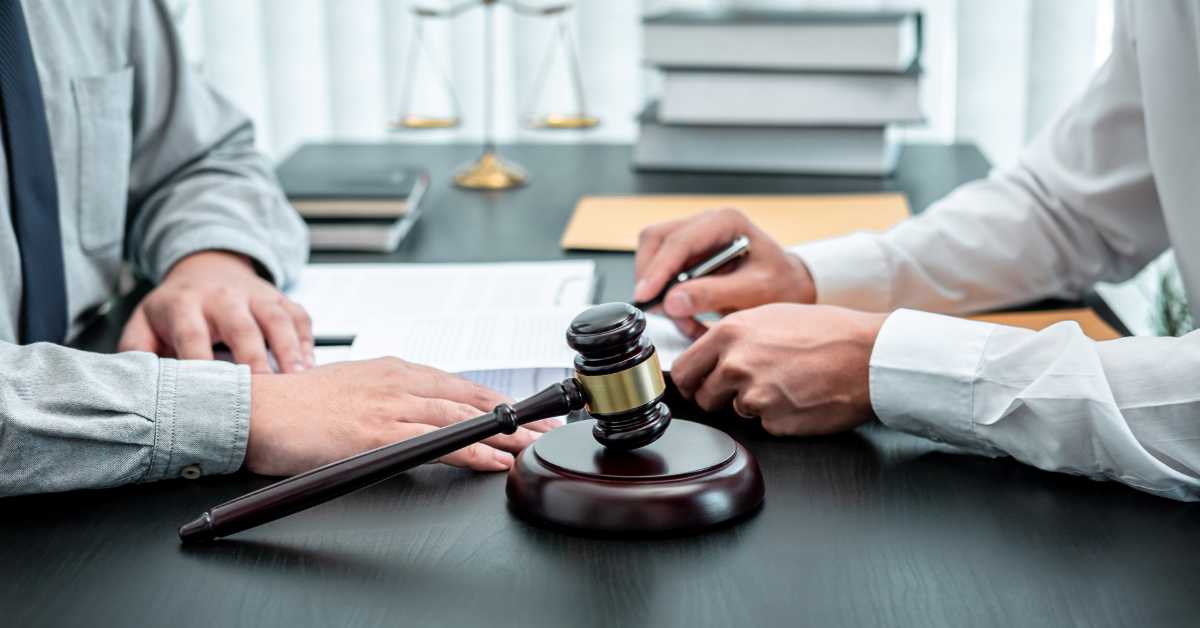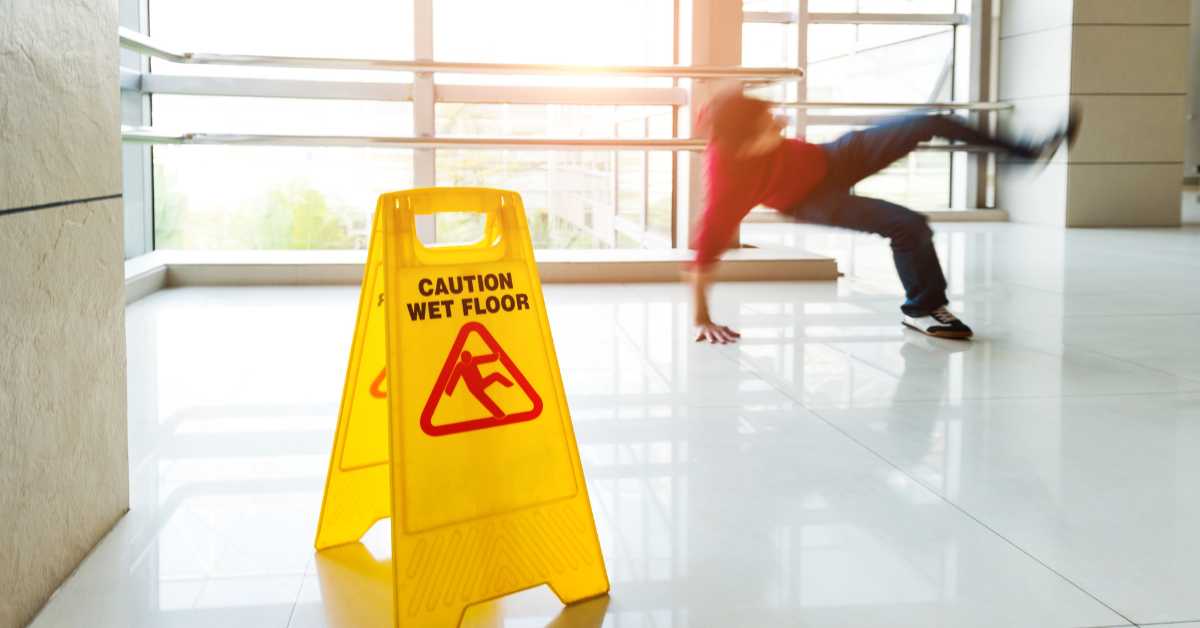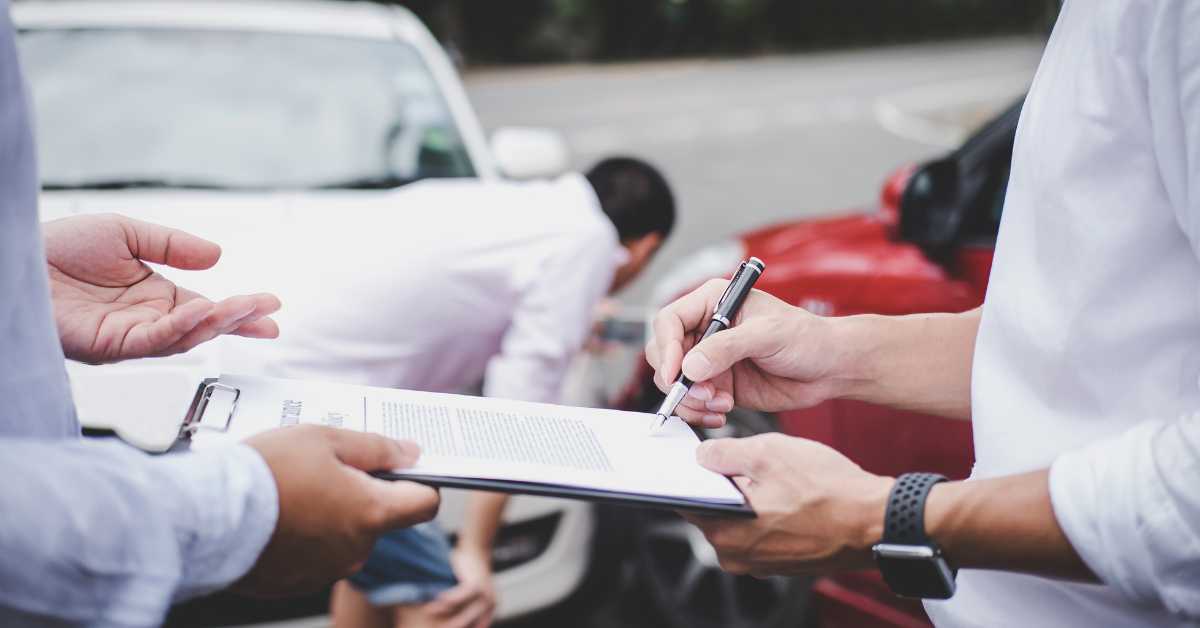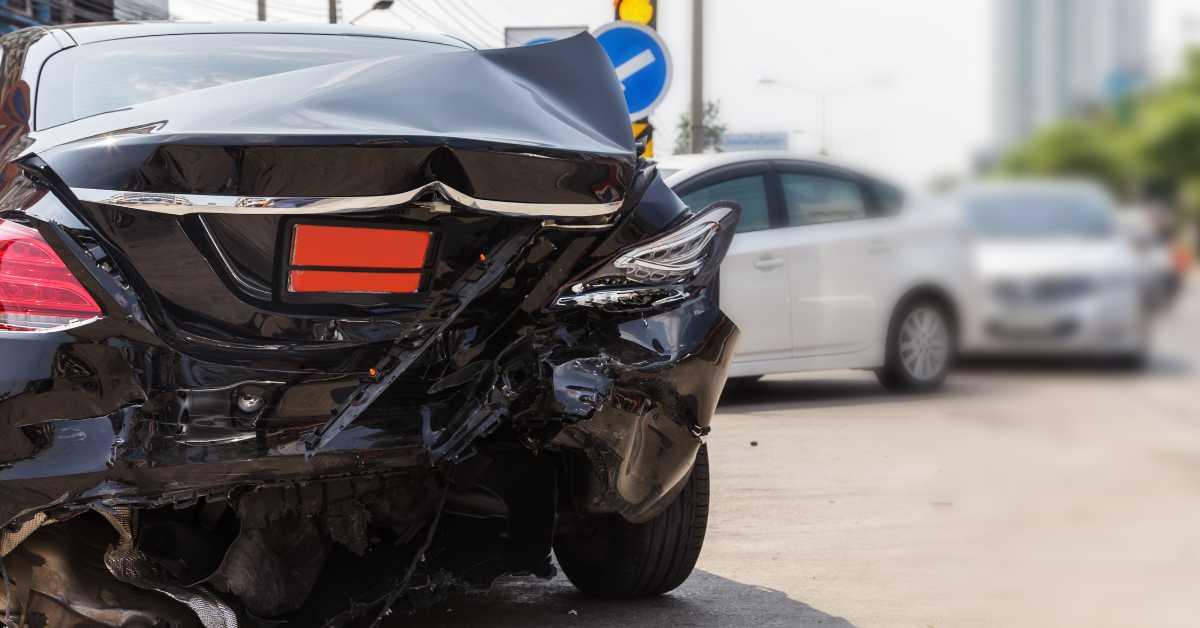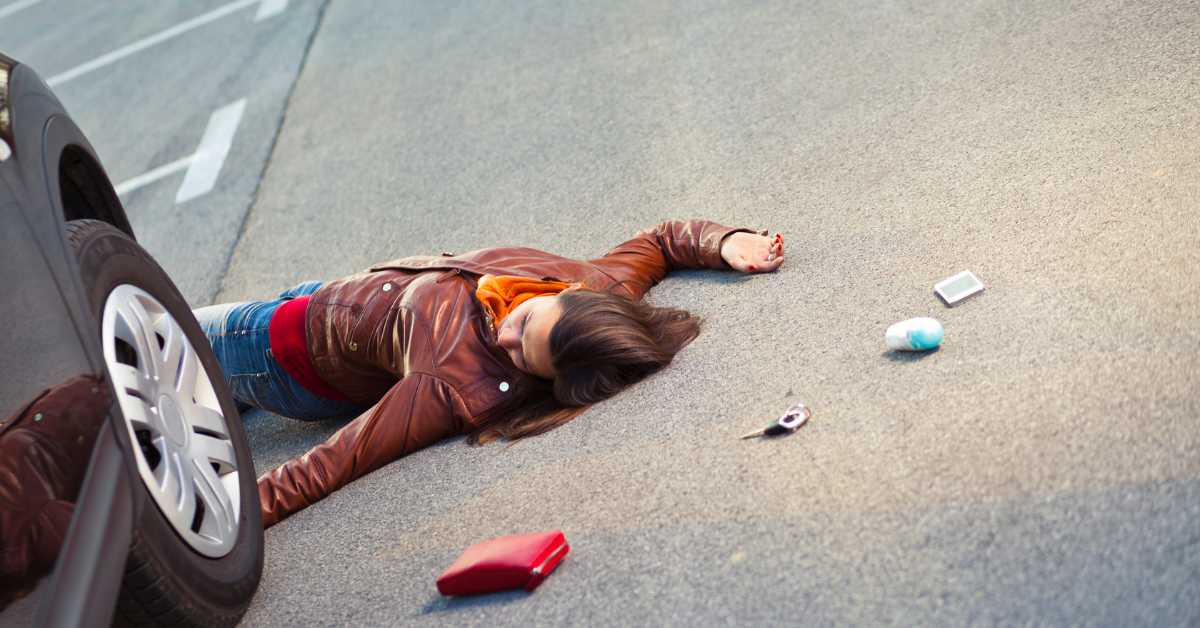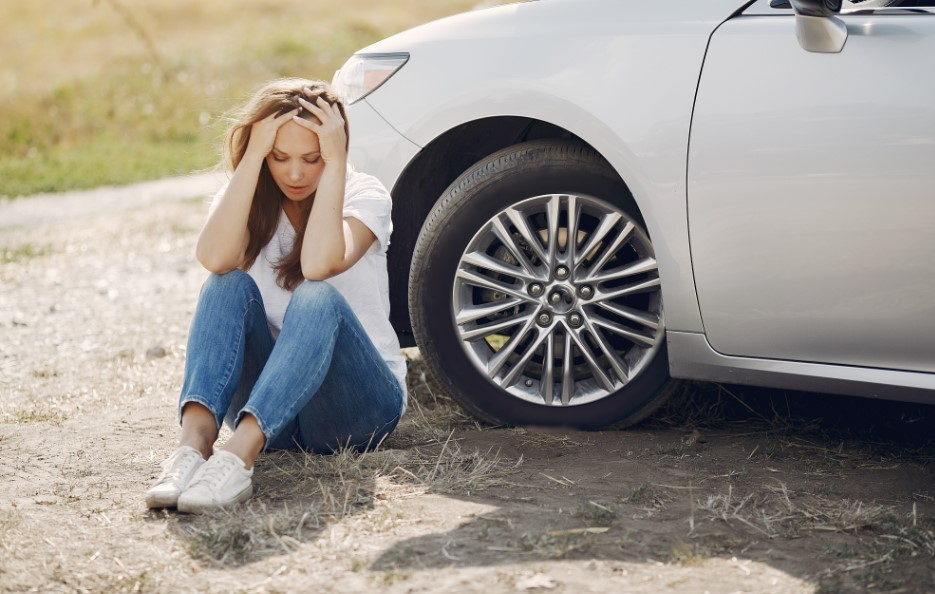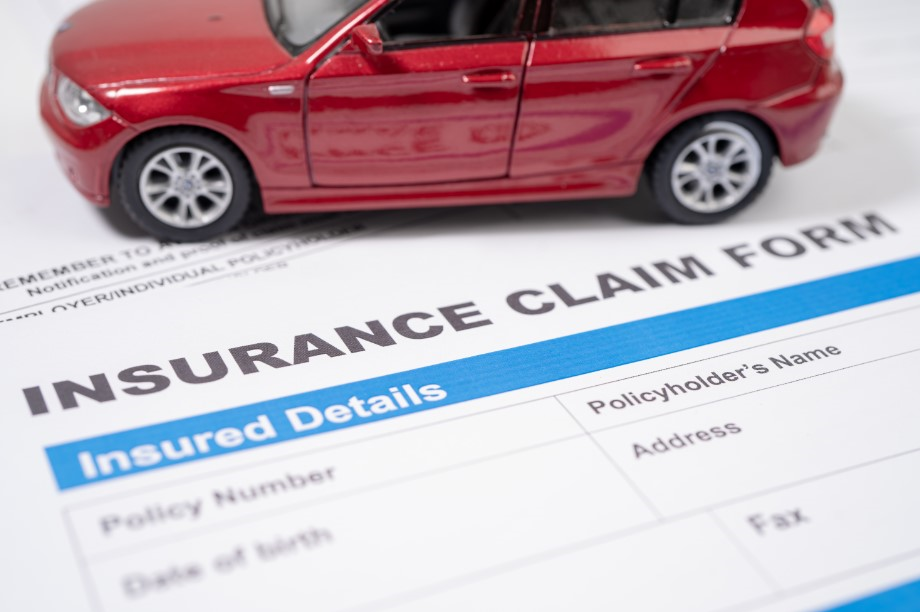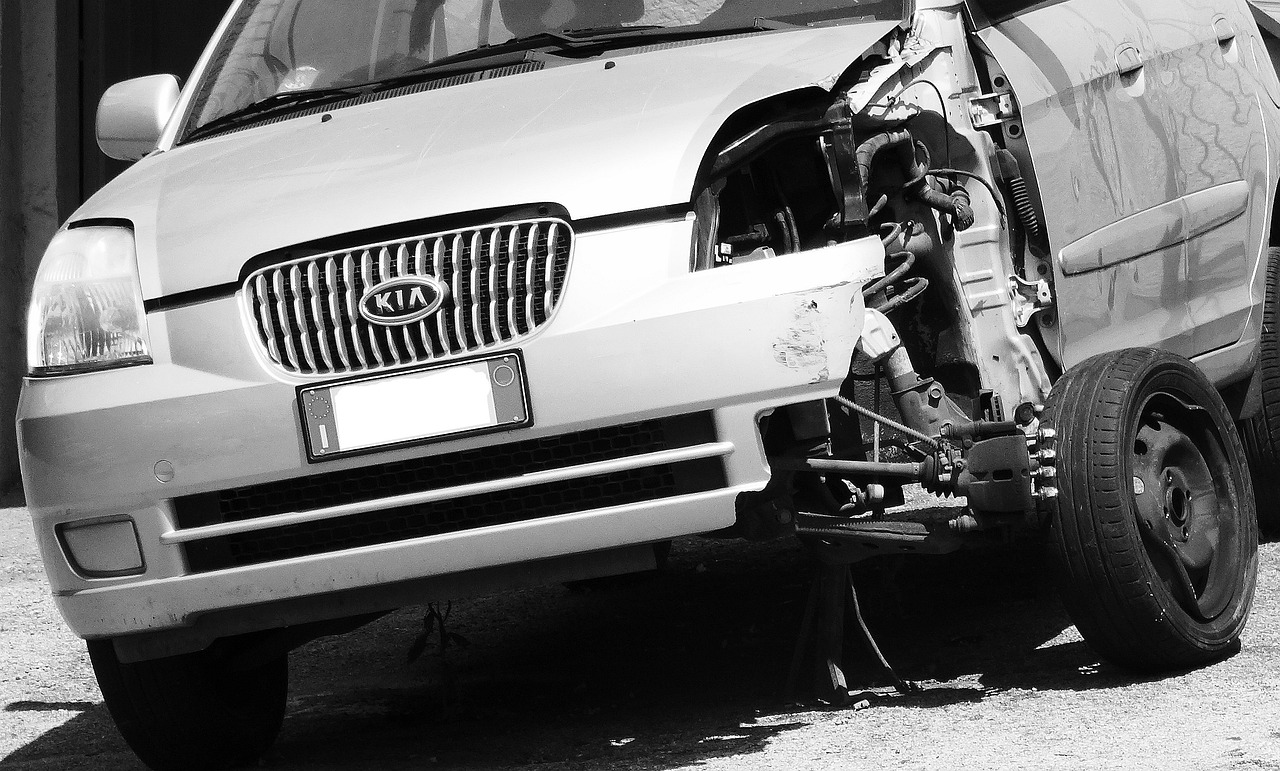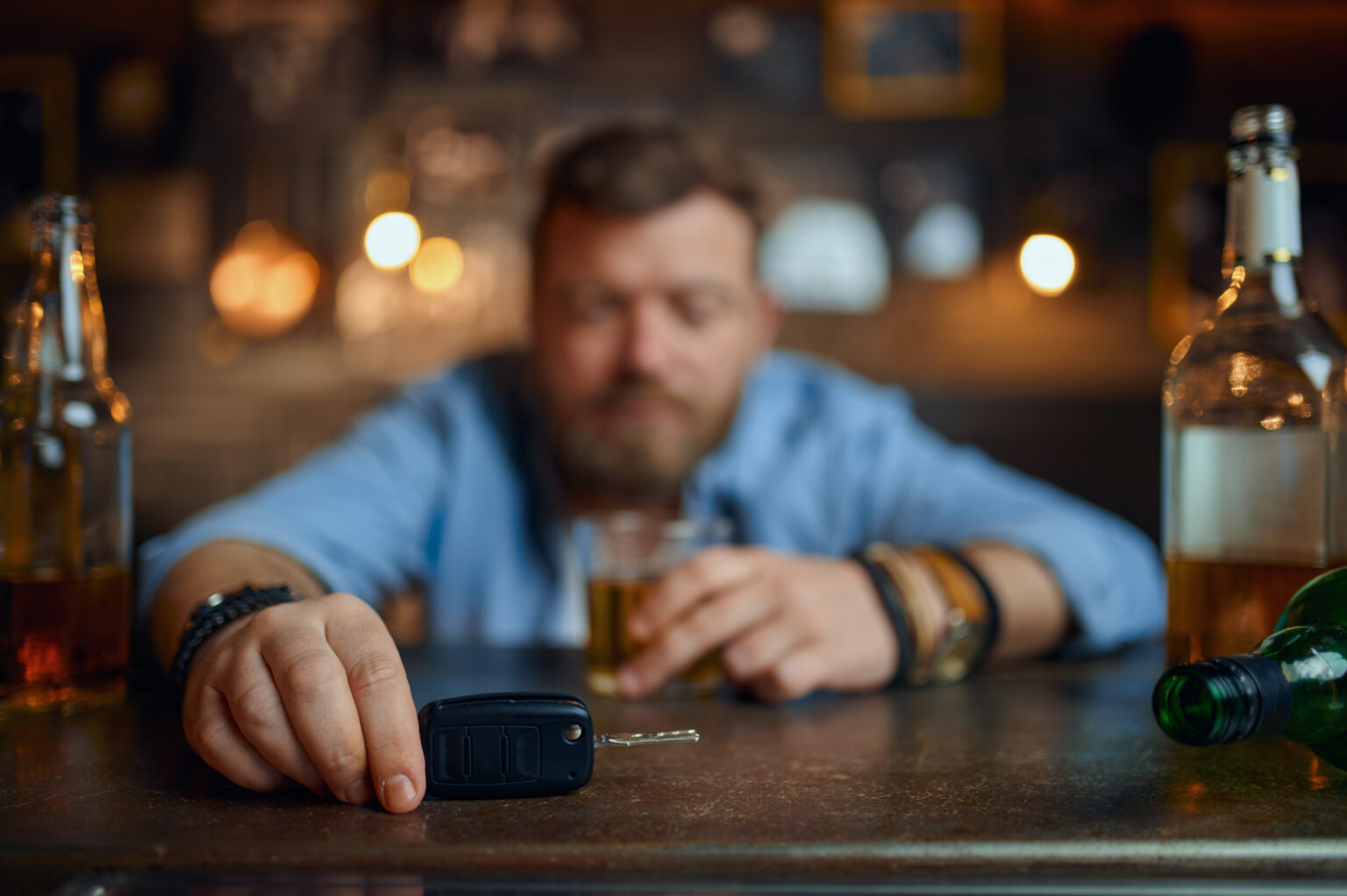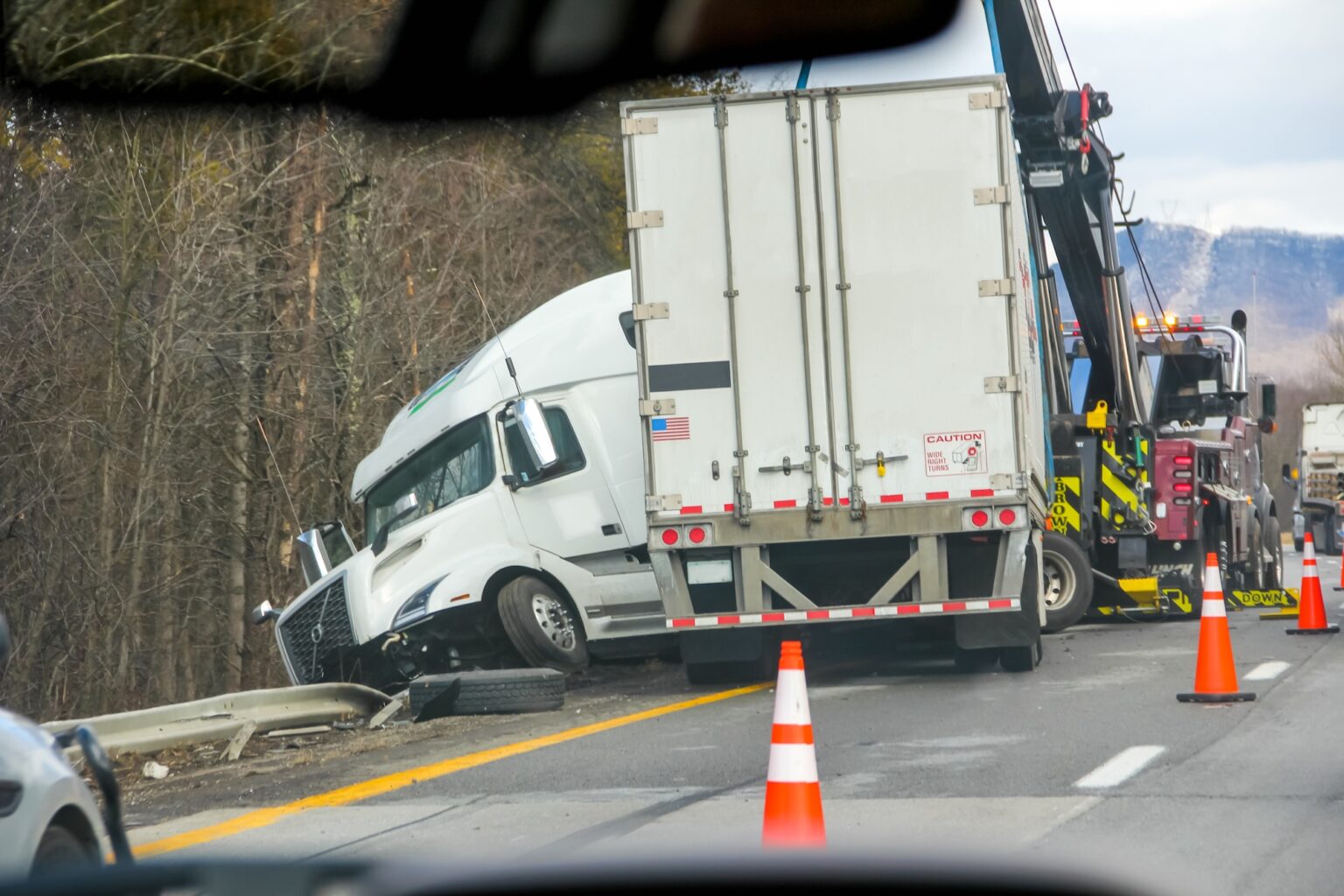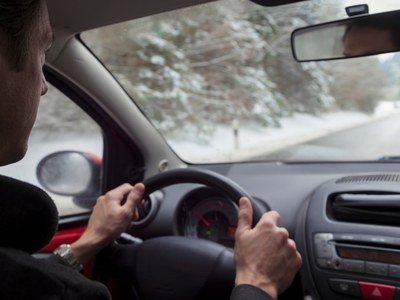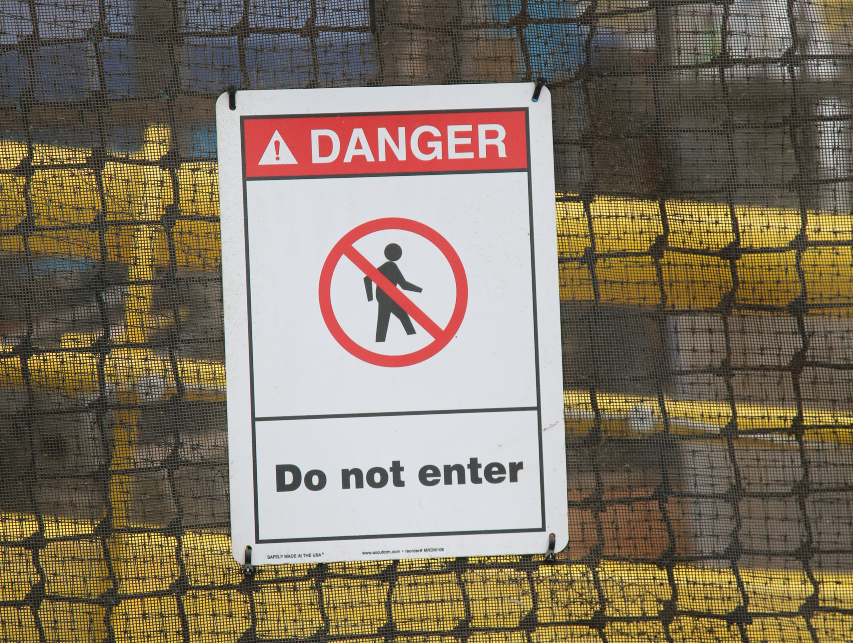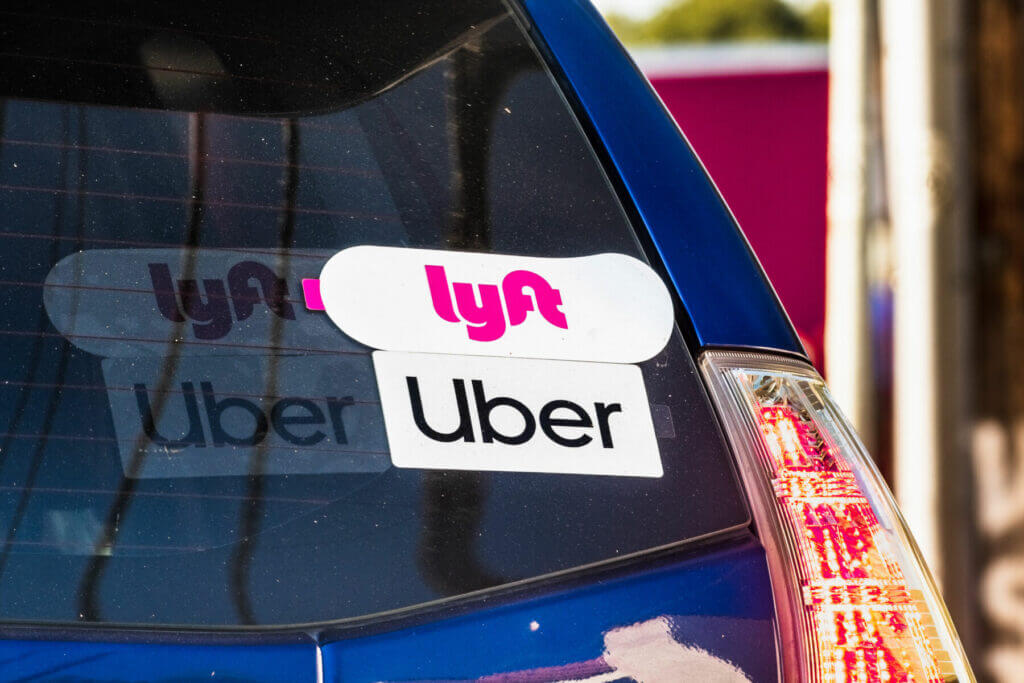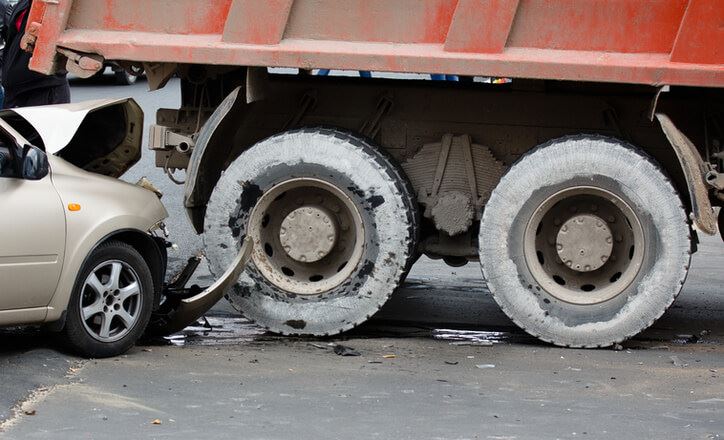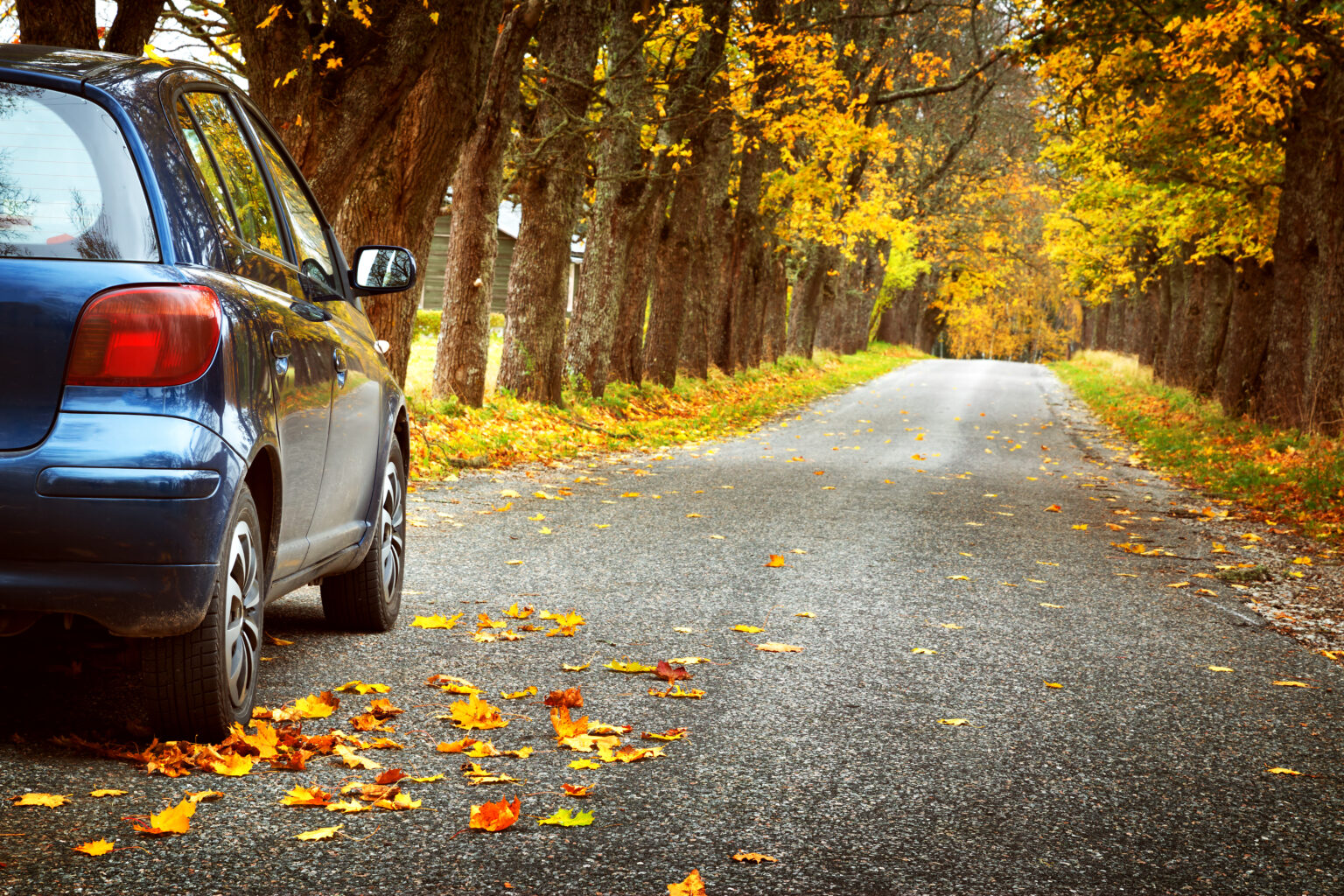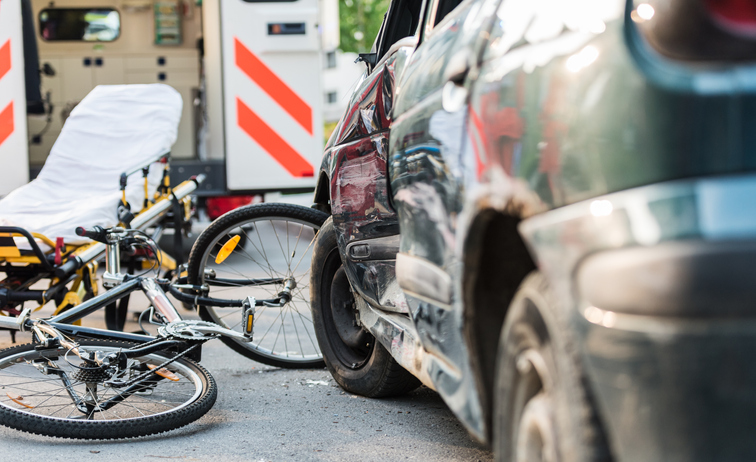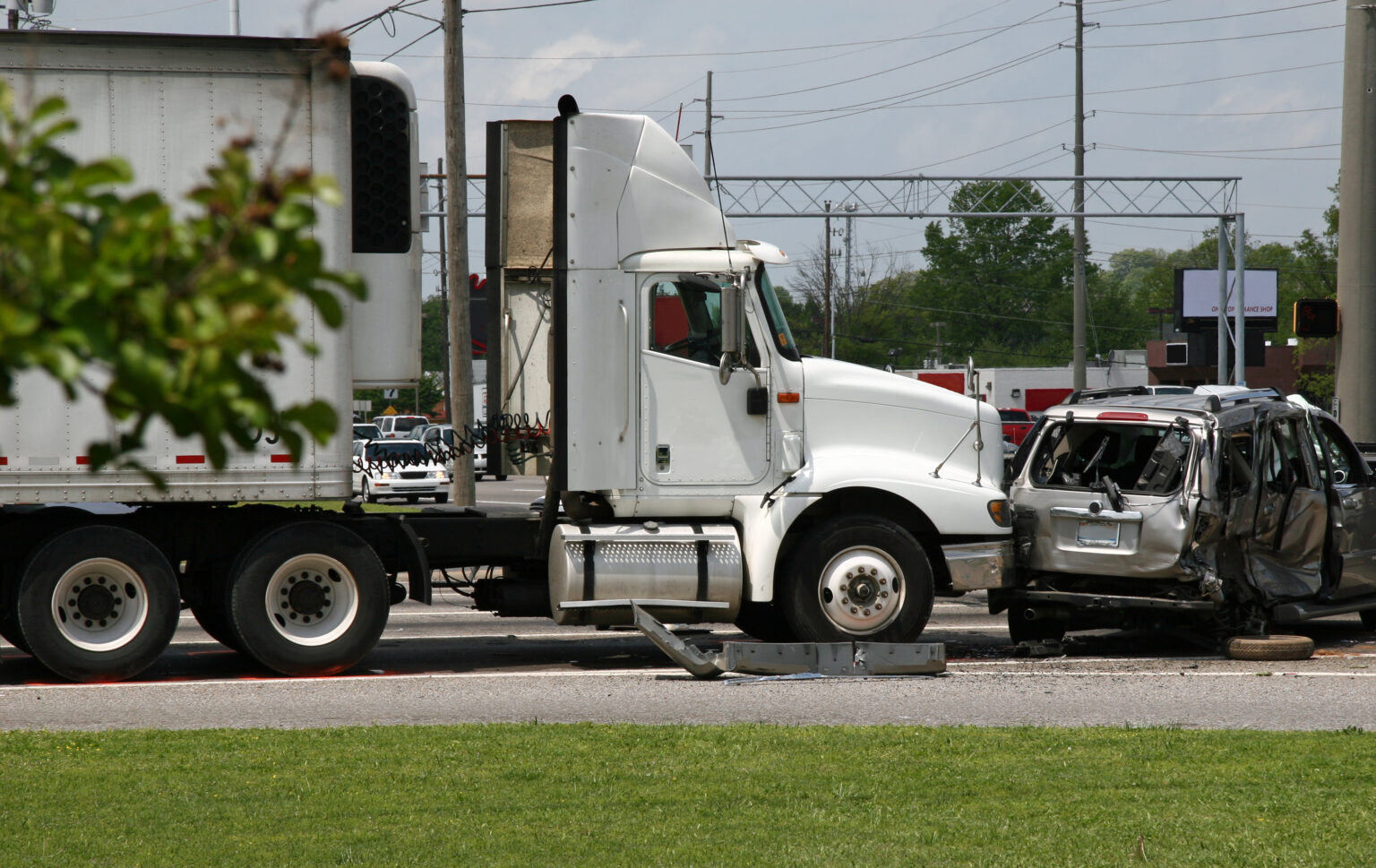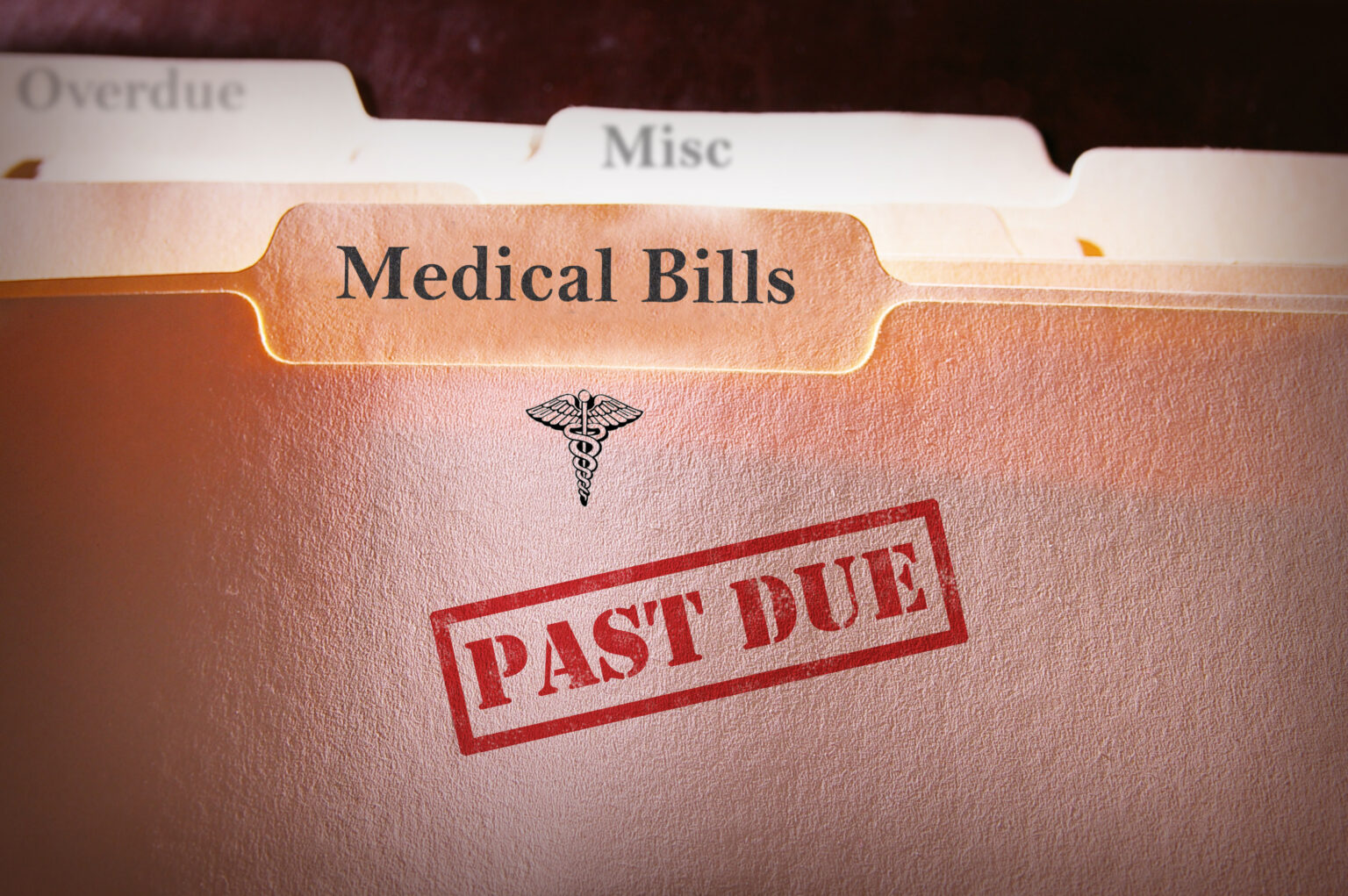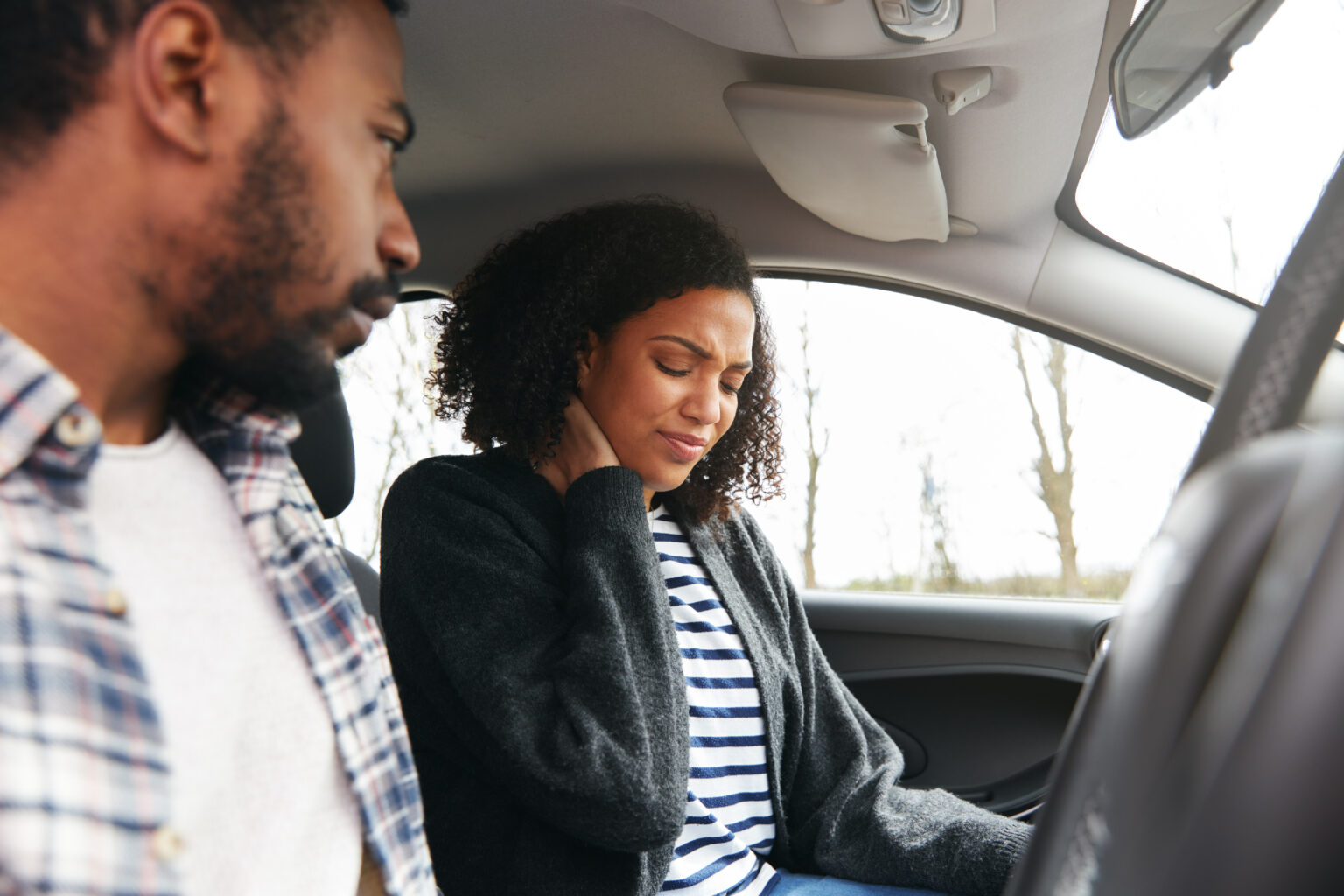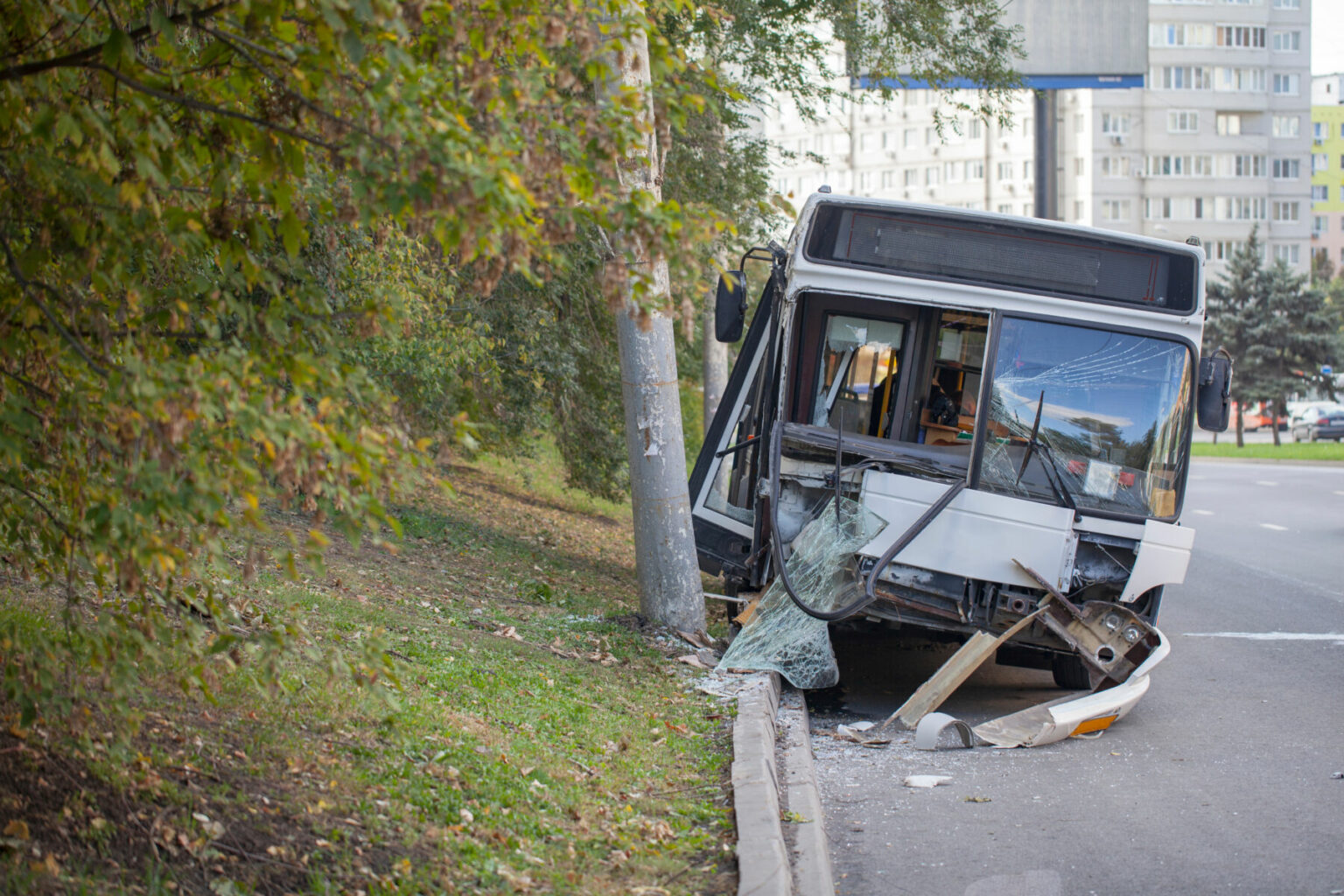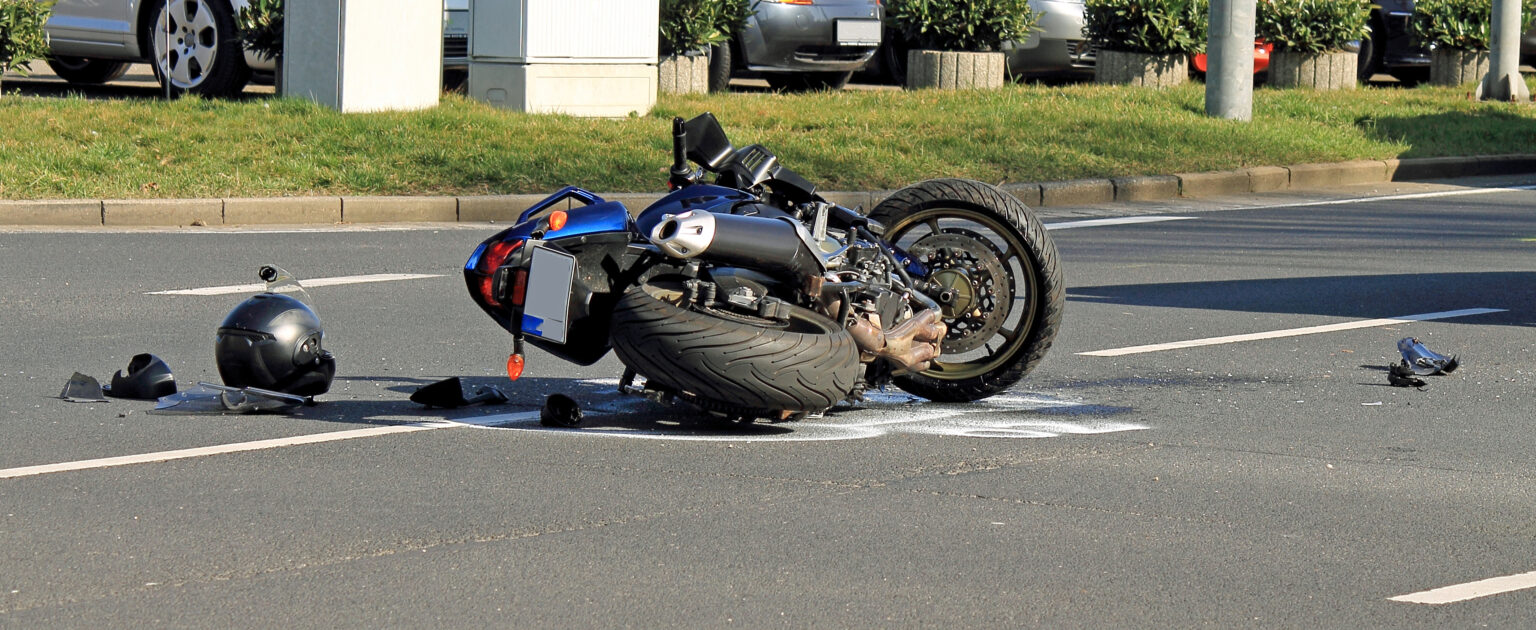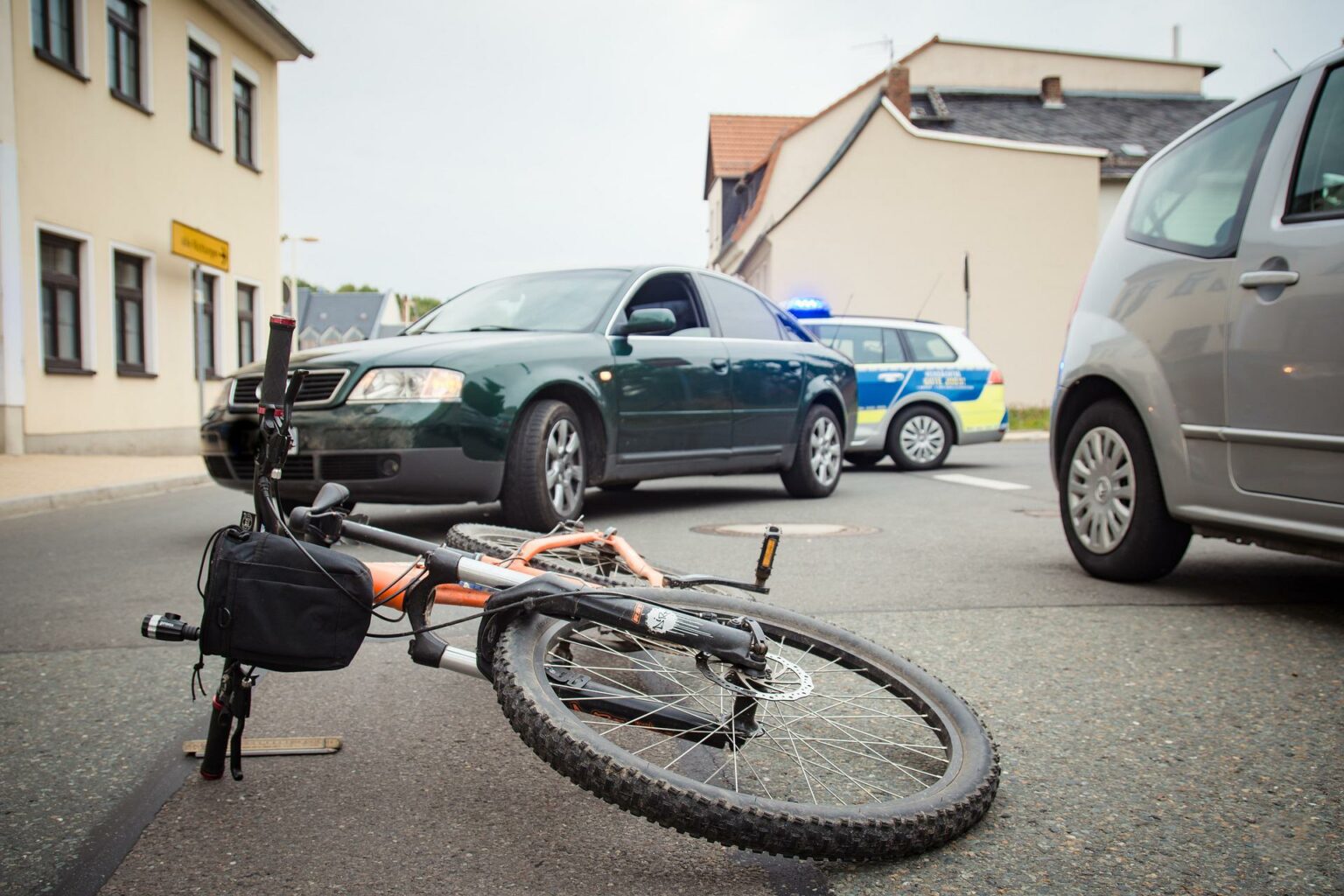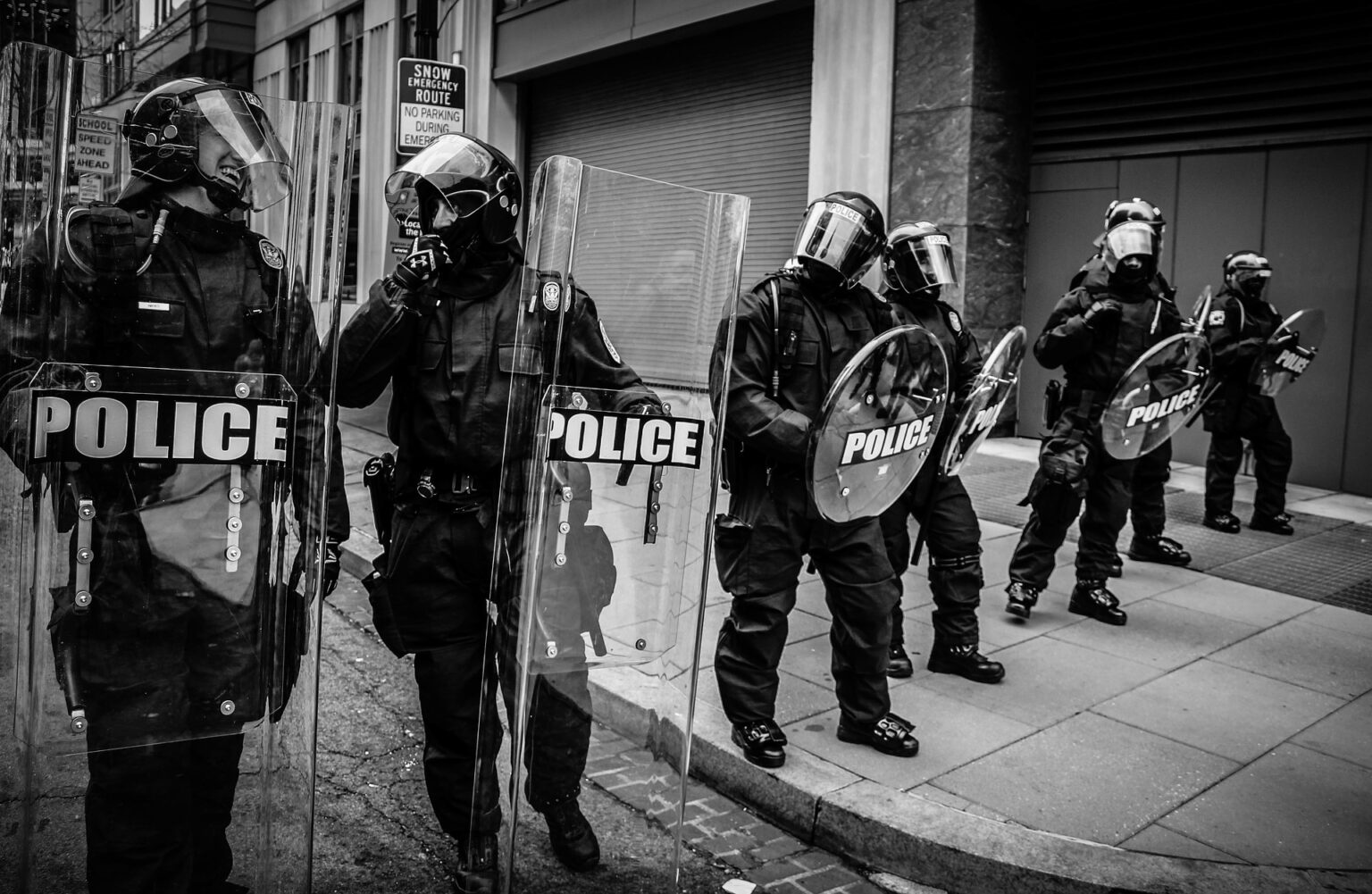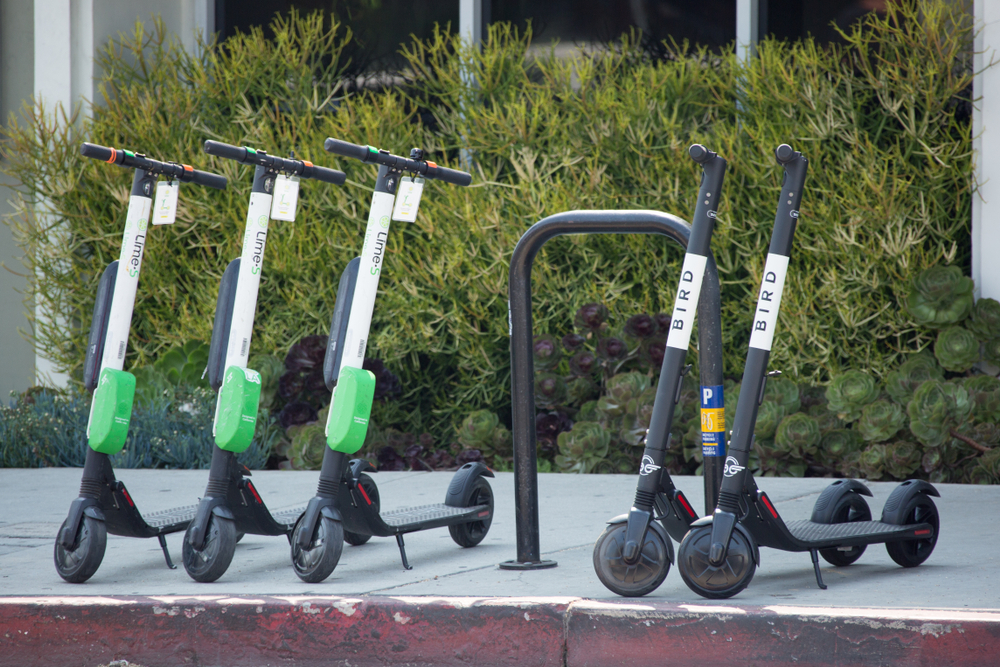How Bicycle Laws in Indiana Protect Cyclists in Traffic

Like all road users, bicyclists have rights and obligations. Various bicycle laws in Indiana protect cyclists on the road. What do these regulations include, and what should you do if you still end up in a bicycle accident?
Bicycle Laws in Indiana
Although Indiana law doesn’t define bicycles as vehicles, bicyclists have pretty much the same rights and duties as motorists. Some laws are more specific to cyclists. For example, bicyclists must:
- Ride as close as possible to the road’s right side, with exceptions like avoiding a hazard or preparing for a left turn.
- Use lights and reflectors when riding after dark. Specifically, bicycles must have white lights in front and red reflectors in the rear.
- Slow down and stop at stop signs and red lights.
- Indicate stops and turns using hand signals.
- Yield to pedestrians at a crosswalk.
- Avoid riding two or more abreast, except for roadways or paths exclusively designated for bicyclists.
- Use caution when passing slow-moving or standing vehicles.
People are often confused by helmet laws in Indiana and wonder if bicyclists under 18 are required to wear a helmet. As of this blog post, there are no laws regarding helmet usage for bicycle riders of any age.
Likewise, motorcycle riders age 18 and over are not required to wear a helmet. However, riders with a permit and riders under the age of 18 must wear a helmet and eye protection.
Bicyclists in Indiana aren’t limited to bicycle lanes. Riding on sidewalks is allowed, although ordinances can vary by location. Bicycles must have permanent seats and functional brakes and cannot carry excessive cargo or passengers. DUI laws apply to bicyclists just as to motorists.
Motorist Obligations Toward Bicycle Riders
Motorists in Indiana must acknowledge bicyclists’ rights to road use and make a reasonable effort to protect bicycle riders’ safety. For instance, drivers must keep a minimum clearance of three feet from cyclists when passing them and only return to the lane when it’s safe. Drivers should also check for cyclists when opening a vehicle door.
The usual safe driving rules also help protect cyclists. All motorists must obey speed limits and traffic signs, keep their distance from bicycles and other vehicles, and signal before turns and lane changes.
What Should You Do If You Suffer a Bicycle Accident?
Following the bicycle laws in Indiana will help protect you while cycling. However, no one is immune to accidents. What should you do if a pleasant summer ride ends in a collision with a negligent driver?
First, if possible, move yourself away from any traffic to safety. Call 911 and wait on the spot until police officers arrive (unless you need urgent medical care).
In the meantime, assuming the accident wasn’t a hit-and-run, take the motorist’s contact and insurance information. Take photos of the accident scene from multiple angles before you move your bike. If anyone else saw the accident, get their contact details as well.
Go in for a check-up to assess your condition and rule out any life-threatening injuries. Consider talking to a lawyer to weigh your legal options.
What If Both Sides Are At Fault?
Sometimes, both the motorist and the bicyclist contribute to the accident. In these situations, the question is, “Who’s more at fault?” In Indiana, you can seek compensation after an accident as long as you’re less than 51% responsible.
Tabor Law Firm Will Stand Up for Your Rights After a Bicycle Accident
Even if you strictly follow all the bicycle laws in Indiana, you may still suffer an accident. When the worst happens, we at Tabor Law Firm are here to fight for your rights and help you seek compensation. With over 150 combined years of legal practice, our Indianapolis-based team has successfully resolved thousands of personal injury cases.
Call 317-236-9000 or complete our quick online form to schedule a free consultation.
Categories:
Related Blog

How Can Birth Injuries Be Prevented and What Are My Rights If My Child Is Injured?

Roy T. Tabor of Tabor Law Firm Recognized in The Best Lawyers in America 2025 Edition

Pedestrian Safety in Downtown Indianapolis Has Become a Hot Topic. What Can You Do to Protect Yourself?
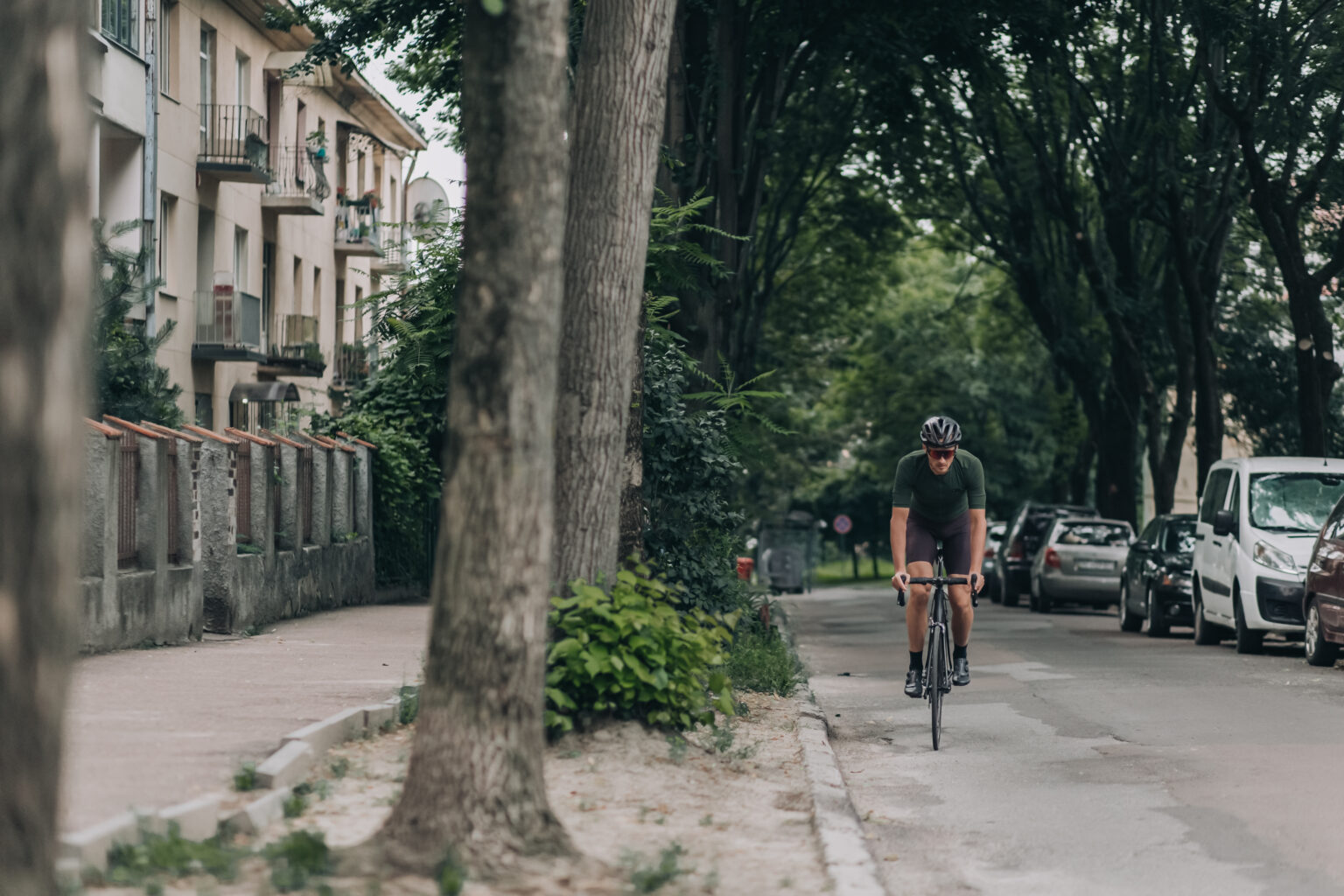
Bicycle Accidents are on the Rise in Indiana. What Can You Do to Prevent a Bicycle Accident?
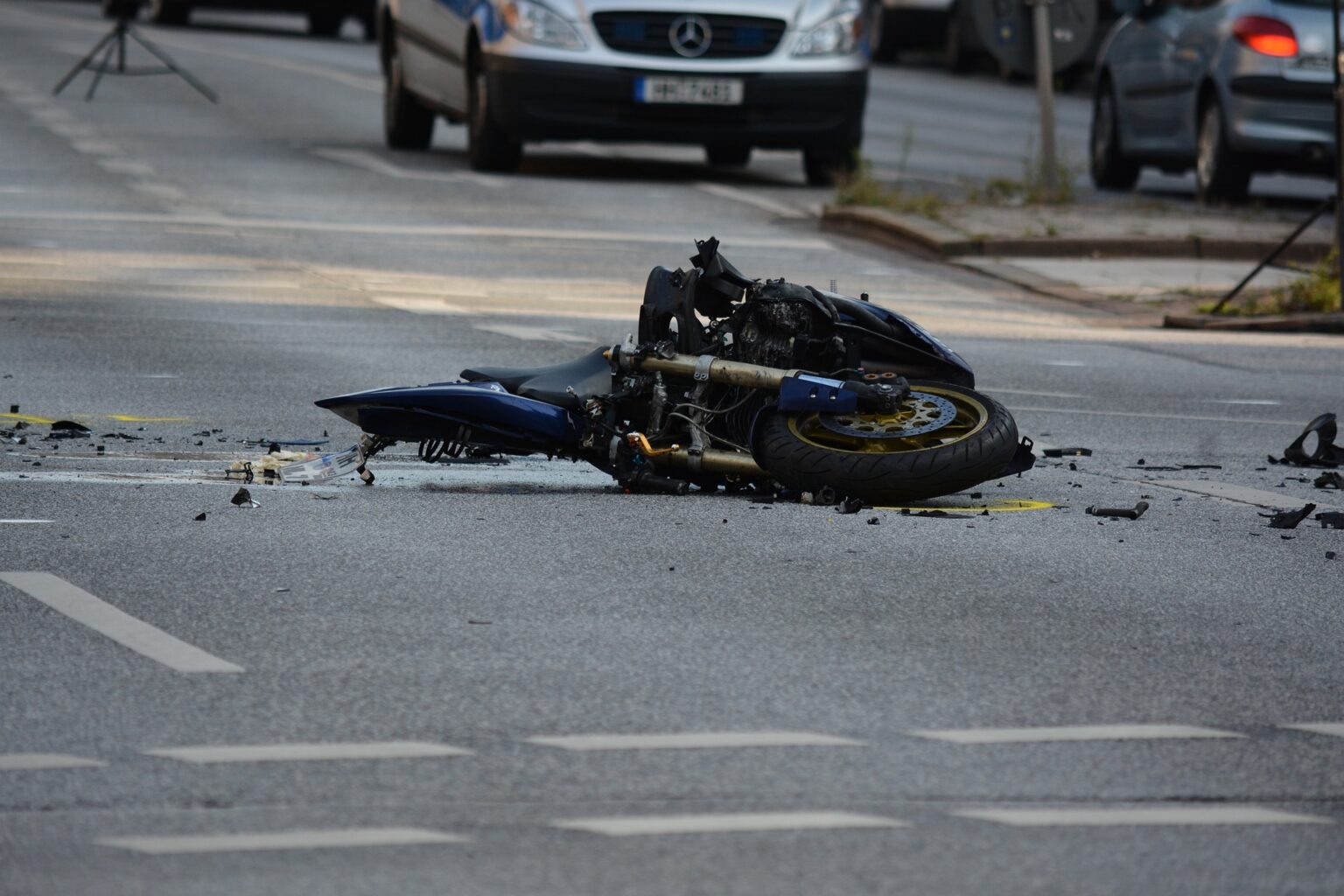
Understanding the Causes of Motorcycle Accidents in Indianapolis: An Analysis of Recent Data
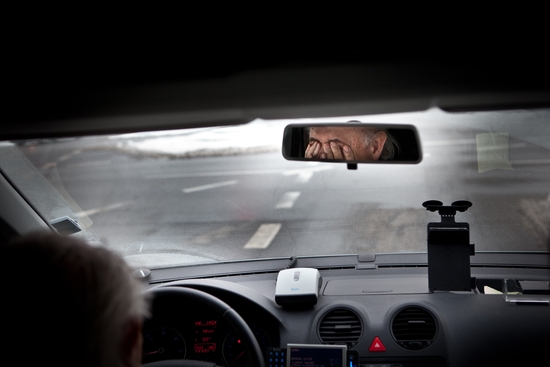
Indianapolis Drunk Driving Accidents and How to Handle them with a Personal Injury Attorney

Two Mothers & Two 12-year-old Daughters Killed in Crash While Headed to Volleyball Tournament
